
‘Assassination: Ram! Ram!’ by Antonio Piedade da Cruz, is part of his ‘Historical Episodes in the Life of Mahatma Gandhi’ series. Cruzo painted a second version, which was part of the 1971 exhibition. The 1971 exhibition catalogue says: “The silence of Death. The Mahatma falls stricken to the ground. The noise of battle, the tumult and the shouting die. India’s greatest son passes into the Beyond ‘where never wind blows loudly’.”
“All his experiments were at the expense of the Hindus… I do say that my shots were fired at the person whose policy and action had brought rack and ruin and destruction to millions of Hindus. There was no legal machinery by which such an offender could be brought to book and for this reason I fired those fatal shots.”
—Nathuram Godse on why he killed Mohandas Karamchand Gandhi.
That a man personifying non-violence was assassinated by three violent gunshots, is an irony that India fails to recover from. Gandhi’s bloodied shawl, from January 30th, 1948, may bear a clear answer as to who stained it and, in the course of his trial, Godse may have answered the ‘why’ question lingering on in many minds, but what about the gun that was used to fire the bullets? What about the men who helped the assassin?
After examining 101 witnesses and producing 407 documents, the Jeevan Lal Kapur Commission Report from 1969 (a commission of inquiry into the conspiracy to murder Gandhi) stated:
“All these facts taken together were destructive of any theory other than the conspiracy to murder by Savarkar and his group.”
Even though the report placed the Hindutva icon Vinayak Damodar Savarkar in the forefront, highlighting that he was in touch with those directly involved in the assassination plot, was anti-Gandhi rhetoric echoing only within the Hindu Mahasabha?
Journalists Appu Esthose Suresh and Priyanka Kotamraju would answer in the negative.
Thanks to their fresh research into the case, recently published in the book The Murderer, The Monarch and The Fakir: A New Investigation of Mahatma Gandhi’s Assassination, they have a few more names and ideological interventions to present that track back to the princely states and the idea of a ‘Hindu’ nation, challenging the popular narrative about the assassination.
The authors write: “In the mêlée of Hindu-Muslim conflict and the partition politics, an unnoticed war was being waged between Gandhi and the princely states, even as the ideologues of Hindutva courted the princely states, some led by Savarkar and others by Moonje.”
It was during a conversation with “an erudite third-generation bureaucrat” that Suresh and Kotamraju came to know about an “unverifiable rumour” regarding the gun that killed Gandhi. The gun, they tell us, was believed to have come from the Alwar armoury. And so, in 2013, they began the search for the gun, and thereafter, for other actors that might have been involved in this conspiracy.
The authors write that Alwar, just three hours away from Delhi, was a centre of the Indian right-wing movement of the time, receiving patronage from its Maharaja and his prime minister Dr. Narayan Bhaskar Khare. One of the most revealing facts of the investigation, at the time, was that a guest of the Alwar Municipal Commissioner Giridhar Sharma had announced that Gandhi was dead at least two hours before the assassination. This guest was Gopi Krishna Vyas alias ‘Om Baba’, who had earlier been in jail for disrupting Gandhi’s prayer meeting on 13 January, 1948.
While the prime minister should have been a “natural suspect”, the authors write, “He did not figure in the final charge sheet of the Delhi Police, nor was he indicted by the Jeevan Lal Kapur Commission set up twenty years later.” The report gave a “benefit of doubt” to Khare and the Alwar state in the conspiracy.
Looking at primary material that was never used before, especially the case reports of the investigators—the Intelligence Bureau (IB), the state intelligence departments, and the Crime Investigation Department (CID)—the authors suggest that there was reasonable evidence linking Khare’s role to Gandhi’s assassination.
The Police released Om Baba on January 19, 1948, and dropped him off at the Hindu Mahasabha Bhawan in Delhi, where he shared a room with Madanlal, the suspect of the failed assassination attempt on Gandhi on January 20, 1948. A secret note to the Director of the Intelligence Bureau reveals that, having caught Ram Singh, an employee of the Hindu Mahasabha Bhawan, the police were aware of the fact that a meeting was held at this place, in which Dr. Khare was present.
On the one hand, Khare said that he “knew Nathuram Godse only slightly because when he visited Poona as Member of Viceroy’s council, Godse came to call on him”, on the other hand, Godse stated:
“I know Doctor Kharai [Khare], the prime minister of Alwar. The last time I have met Doctor Kharai [Khare] about a year back at Poona when he had met Dr Kharai [Khare] over there. Before this I had met Dr Kharai [Khare] so many times. I had been knowing Doctor Kharai [Khare] because he was a Hindu Sabha leader.”
Reading the statements of Dr. Khare and Godse, “against the grain”, the authors argue that though the two may claim to know each other only “slightly”, the contradictions in their statements reveal that they were closely associated.
Going through more such case diaries and revealing facts regarding people who were aware of Gandhi’s death even before the assassination, the authors disclose that, “None of these leads was actively pursued… Clearly, the police in Delhi as well as in Alwar were soft on Khare.”
A question, nevertheless, that the Alwar case opened up for the authors was: “Why would the princely states want Gandhi assassinated?”
The answer, according to them, lies in the views Gandhi expressed in the years closer to independence, when he “was formulating his thoughts on trusteeship, which ran diametrically opposite to the economic interests of the elite, particularly the Hindu elite represented by the princely states”. And if attacking the princes was not enough, Gandhi went ahead to criticize princely bureaucracy as well, comprising officials such as Khare. In 1946, Gandhi wrote in an article:
“As it is, the Princes have taken the lead only in copying the bad points of the British system. They allow themselves to be led by the nose by their Ministers, whose administrative talent consists only in extorting money from their dumb, helpless subjects.”
The Hindu elite, on the other hand, particularly the Hindu Mahasabha, “were of the view that the princely states were the custodians of Indian culture”. The years between 1937 and 1947, according to the authors, saw the “perfect marriage between the militant Hindu nationalism of Savarkar–Moonje and the princely states”.
Even if we shift our focus to the Deccan, we find similar anti-Gandhi rhetoric among the princes. In an essay, Sandeep Bamzai tells us about the time when the Deccan princes approached Gandhi to seek his blessings in order to create their own, “sovereign government with a common executive, judiciary and customs boundaries”. Gandhi told them that they should consider themselves to be the “trustees and servants of their people and must think of a union only with the peoples’ consent and cooperation”.
“By ending the legitimacy of princely states”, Suresh and Kotamraju conclude, “Gandhi did something that even the British had been more considerate about.”
Read an excerpt from the book, below, that opens up the argument regarding the anti-Gandhi rhetoric among the Princely States, that the authors, through a rigorous investigation, have unearthed.
Soon after the assassination, the police and intelligence agencies started putting the pieces together. The anti-Gandhi rhetoric from Delhi’s neighbouring princely state Alwar was too loud to escape the radar of the intelligence bureau. Alwar is barely three hours from Delhi and was a stronghold of the right-wing movement at that time, which received patronage from its Maharaja and his strongman prime minister, Dr. Narayan Bhaskar Khare. There were also intelligence reports from Alwar that a godman, a guest of Alwar Municipal Commissioner Giridhar Sharma, had announced that Gandhi was dead at least two hours before the assassination.
Because of this, just two days after the assassination, a police team was dispatched to the state.
Prime Minister N.B. Khare should have been a natural suspect. It was only a few months back, on 12 October 1947, that he had put a ‘Brahmin’s Curse’ on Gandhi. There was also overwhelming evidence of Khare supporting militant Hindu leaders. However, he did not figure in the final charge sheet of the Delhi Police, nor was he indicted by the Jeevan Lal Kapur Commission set up twenty years later. The commission did cast a shadow over the roles of Khare and Alwar state in the conspiracy but gave them the benefit of doubt.
Once again, a key figure in the assassination was let go in absence of ‘conclusive evidence’. The commission, in its report, established Khare’s role in the following words:
“Dr. Khare’s antecedents and his encouragement to the R.S.S. and to the militant Hindu Mahasabha leaders were indicative of conditions being produced which were conducive to strong anti-Gandhi activities including a kind of encouragement to those who thought that Mahatma Gandhi’s removal will bring about a millennium of a Hindu Raj. But on this evidence the Commission cannot come to the conclusion that there was an active or tacit encouragement to people like Nathuram Godse to achieve the objective of their conspiracy to commit murder of Mahatma Gandhi. But there is no doubt that an atmosphere was being created which was anti-Gandhi even though it may not have been an encouragement to the persons who wanted to murder Mahatma Gandhi.”
“Dr. Khare’s antecedents and his encouragement to the R.S.S. and to the militant Hindu Mahasabha leaders were indicative of conditions being produced which were conducive to strong anti-Gandhi activities including a kind of encouragement to those who thought that Mahatma Gandhi’s removal will bring about a millennium of a Hindu Raj. But on this evidence the Commission cannot come to the conclusion that there was an active or tacit encouragement to people like Nathuram Godse to achieve the objective of their conspiracy to commit murder of Mahatma Gandhi. But there is no doubt that an atmosphere was being created which was anti-Gandhi even though it may not have been an encouragement to the persons who wanted to murder Mahatma Gandhi.”
Did the commission have full access to the material collected by the Delhi Police and the Intelligence Bureau against Khare? The internal investigation documents tell a different story from its report and suggest strong evidence linking Khare’s role to Gandhi’s assassination.
The godman in question who announced Gandhi’s assassination two hours in advance was Gopi Krishna Vyas alias Om Baba. He was the same person Madanlal had mentioned meeting at the Hindu Mahasabha Bhawan ahead of the failed assassination attempt. Om Baba and Madanlal shared Room No. 3 on the night of 19 January after a police car dropped the former at the Hindu Mahasabha Bhawan. He had been in jail for disrupting Gandhi’s prayer meeting on 13 January. On that day, when Gandhi had started reciting verses from the Quran, Om Baba chanted Vedic mantras. In police custody, Om Baba began a hunger strike which led to his eventual release.
Room No. 3 is where the dots around the conspiracy of Gandhi’s assassination start to get connected to Alwar.
On 7 March, DSP Jaswant Singh wrote a secret note to the director, Intelligence Bureau, and to Inspector General D.W. Mehra:
“Ram Singh, an employee of the Hindu Mahasabha Bhawan, Delhi, has been traced today. He states that four or five men (One Hindu Punjabi and four Marhattas) stayed in Room No. 3 of the Hindu Mahasabha Bhawan. He saw these men on 20.1.1948 and talked with them. These men left the place at about 8 A.M. They again came at 12.00 hours and after a short time they left in a car. He further states that one of them came at about 8. P.M and gave him a chit bearing him address of Poona in Hindi for delivering to one Inder Prakash member of the Hindu Mahasabha. He could not deliver it to Inder Prakash as the latter was not present in the Bhawan … [sic]”
This is the part recorded by Singh in his case diary. His secret note continues:
“He further states that a secret meeting took place at Hindu Mahasabha Bhawan 2/3 days before the bomb explosion and Sham Lal Verma, Professor Ram Singh [not the same as the Ram Singh mentioned earlier], Dr. Khere and Mrs. Dr. Khere took part in the meeting. He cannot tell anything about the proceedings of the meeting. Ram Singh states that he can identify all the men who stayed in room No. 3. This Ram Singh claimed to be an ex- I.N.A worker. He was arrested in Chittagong in 1943 and the death sentence was awarded to him on the charge of being 5th columnist but was later on released on appeal. [sic]”
It could be that Singh was waiting for directions from his superiors to pursue the lead, but the case diaries show that it was not investigated any further.
*
During his stay, Om Baba met Shyam Lal Verma, the editor of a Delhi-based Hindi newspaper, Singh Nad. This person was also named by Ram Singh, the servant at the Hindu Mahasabha, as part of the secret meeting ahead of the failed assassination attempt.
On 28 January 1948, Shyam Lal and Om Baba travelled to Alwar by train. Both stayed at Girdhar Sharma’s house. On the day of the assassination, according to Om Baba, ‘I remember that day he [Shyam Lal] wanted to see the Maharaja of Alwar.’
If this was not enough, an undated interrogation report of Har Lal further independently links those who were mentioned by Ram Singh to the alleged Alwar conspiracy.
Har Lal, a shawl merchant in Old Delhi who was part of the police intelligence network, gave a statement to the Delhi Police in which he said that his business partner Ram Gopal and Har Lal’s son had prior knowledge of the assassination. A thorough reading of the statement indicates that Har Lal was trying to exonerate himself and obtain the benefit of doubt for his son. His statement reads as follows: ‘I also heard Ram Gopal talk with Om Prakash a few day before the assassination of Mahatma Ji, that Doctor Khare had been arranging for the assassination of Mahatma Ji, and he would know the result very soon that Mahatma Ji would be shot down.’ [sic]
Har Lal, a shawl merchant in Old Delhi who was part of the police intelligence network, gave a statement to the Delhi Police in which he said that his business partner Ram Gopal and Har Lal’s son had prior knowledge of the assassination. A thorough reading of the statement indicates that Har Lal was trying to exonerate himself and obtain the benefit of doubt for his son.
The Ram Gopal in question was a leader of the Arya Samaj and a member of the Hindu Mahasabha Working Committee, who was very thick with Professor Ram Singh.
The case diaries related to the investigations show that none of these leads was actively pursued. Which is surprising, considering that M.M.L. Hooja, then deputy director of the Intelligence Bureau who was investigating the Delhi locals for possible links to Gandhi’s assassination, said, in a note dated 23 February 1948 to the director of the Intelligence Bureau, that Nathuram Shukla was ‘suspected to be the same man as Nathuram Godse’.
During the initial phase of the investigation, as early as 7 February, the probe team in Alwar had concluded that Nathuram Shukla, who was rumoured to be in Alwar ahead of the assassination, was a Hindi journalist. Hooja, who later became director, Intelligence Bureau, was incidentally holding office when the Jeevan Lal Kapur Commission was conducting the re-investigation of the case.
Let us look at the contradictions in the case.
Appearing before the Kapur Commission, Khare was quoted as saying that he ‘knew Nathuram Godse only slightly because when he visited Poona as Member of Viceroy’s council, Godse came to call on him.’
The word that needs emphasis here is ‘slightly’. The report made it sound as if Godse was a distant acquaintance of Khare whom he had met at a function. The commission continued citing Khare in its report: ‘He [Khare] did not know that he [Godse] was a leader of the Rashtriya Dal but he did know that he was the editor of the paper Agrani.’
Sometimes a simple lie can reveal a lot.
One of the early interrogation reports of Godse recorded him as saying: ‘I have never been to Alwar. I had seen in the newspapers that I have been reported to visit Alwar but this is incorrect. I am not acquainted to any of the Hindu Sabha worker of Alwar.’9 [sic] He thus distanced Khare or any other senior functionaries of Alwar state from being linked to the assassination conspiracy. But his following remarks contradict the public stand taken by Khare:
“But I know Doctor Kharai [Khare], the prime minister of Alwar. The last time I have met Doctor Kharai [Khare] about a year back at Poona when he had met Dr Kharai [Khare] over there. Before this I had met Dr Kharai [Khare] so many times. I had been knowing Doctor Kharai [Khare] because he was a Hindu Sabha leader. [sic]”
Clearly, the familiarity between Godse and Khare is much more than ‘slight’. It was a relationship that Khare, of course, wanted to hide. But it is intriguing why the investigating officers at the time did not confront both Khare and Godse with the contradictions of their statements, instead of simply accepting their respective versions.
Clearly, the familiarity between Godse and Khare is much more than ‘slight’. It was a relationship that Khare, of course, wanted to hide. But it is intriguing why the investigating officers at the time did not confront both Khare and Godse with the contradictions of their statements, instead of simply accepting their respective versions.
Khare did not just lie about Godse. He claimed no previous association with another accused, Dattatreya Parchure. The Kapur Commission, quoting Khare, stated in its report, ‘He did not meet Parchure before 1952 but met him at Gwalior when he went there for election to Parliament. He knew Apte also slightly.’
Nilkantha Dattatreya Parchure, son of Dr Parchure, gave a statement to the police on 15 February 1948: ‘Dr N.B. Khare had visited after the last Dusera festival to preside over the Vijaya Lashmi Utsavs and he addressed a meeting stressing the need of Consolidation of the Hindu Rashtra Sangh.’ [sic]
The Dusshera of 1947 was on 24 October. This was just a few weeks before Parchure had gone to Bombay and also met with Savarkar and Karkare.
An undated, unsigned statement recorded by the police probe team does not touch on any aspect of the intelligence that was available to them at that time. Going by the content, the two-page statement seems to be a mere formality.
The probe officer recorded:
“I had a talk with Doctor Khare at 11 Cannen Lane, New Delhi, this morning … he further stated that he does not know anything about any Hindu Rashtriya Dal [sic] whether or not it came to existence in Alwar or in any other place … He has no knowledge of any posters having been distributed by any Sadhu or a sanyasi in Alwar state. He, however, heard in Alwar on his visit to that place on 4.2.1948 that some police officers from Delhi had been to Alwar and recovered Hindi poster against Mahatma Gandhi.”
Right from the beginning, officials of Alwar state were defensive. Inspector Balmukund from the Delhi Police, who was deputed to visit Alwar on 2 February to investigate the incident involving Om Baba announcing Gandhi’s murder prior to the actual incident, noted the following conversation with the inspector general of police, Alwar, in his report to his seniors:
“The state police would be very glad to give every kind of help to Delhi Police in carrying out the investigation of this case but they would request the Investigation Officer to investigate all the charges against the State people at the spot i.e., at Alwar. They fear that the interested persons from the State may not misguide the Investigating Officer and other high officials by giving them wrong informations. [sic]”
The Kapur Commission, while discussing whether Nathuram Shukla was indeed Nathuram Godse, made the following observation that laid out the inherent bias: ‘Investigation was unfortunately hampered by the fact that the local police was unreliable and even the I.G.P. was a “staunch Rajput”.’
Clearly, the police in Delhi as well as in Alwar were soft on Khare.
The Kapur Commission, while discussing whether Nathuram Shukla was indeed Nathuram Godse, made the following observation that laid out the inherent bias: ‘Investigation was unfortunately hampered by the fact that the local police was unreliable and even the I.G.P. was a “staunch Rajput”.’
Clearly, the police in Delhi as well as in Alwar were soft on Khare.
*
It was the month of August in 1947 that brought together the different actors who were suspected of planning Gandhi’s assassination.
N.B. Khare started the All India Hindu National Front in Delhi in August 1947, which was presided over by Savarkar. It was a meeting of important leaders, including some princes. According to the Kapur Commission reports, Khare couldn’t be present at the meeting because of trouble in Alwar. Nor was the Maharaja of Alwar present. However, this does not mean that Khare did not have the opportunity to meet with Savarkar before the assassination; they met in November 1947 in Bombay.
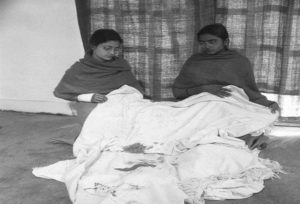
Bloodstained Shawl of Gandhi. Photo Division
The Alwar episode raises the question: Why would the princely states want Gandhi assassinated? The answer lies in the views Gandhi expressed in the years closer to Independence.
The Alwar episode raises the question: Why would the princely states want Gandhi assassinated? The answer lies in the views Gandhi expressed in the years closer to Independence.
The first clue is in a letter Gandhi wrote to Shriman Narayan on 1 December 1945 while on board a train to Calcutta: ‘It is worth considering if Pakistan and the Princes can have any place in my conception [of India]. Remember that the Gandhian plan can be successful only if it can be achieved through non-violent means.’
Shriman Narayan was a Gandhian economist and professor in Wardha, the site of Gandhi’s ashram Sevagram. He had a longstanding correspondence with Gandhi on several matters, particularly on Gandhian economics. He had even sent the proofs of his book on Gandhian economics to Mahatma Gandhi for his comments.
Gandhi’s position vis-à-vis the princes and the princely states is made clearer in his later letters. His letter to Sir Stafford Cripps, who led the Cripps Mission to India in 1942, on 12 April 1946 was a step closer to the hardening stand one observes in his writings ahead of Independence.
Dear Sir Stafford,
What I wanted to say and forgot last night was about the States of India. Pandit Nehru is the President of the States’ People’s Conference and Sheikh Abdullah of Kashmir its Vice-President. I met the committee of the Conference last Wednesday. Their complaint was that they were ignored by the Cabinet Delegation whereas the Princes were receiving more than their due attention. Of course this may be good policy. It may also be bad policy and morally indefensible. The ultimate result may be quite good, as it must be, if the whole of India becomes independent. It will then be bad to irritate the people of the States by ignoring them. After all the people are everything and the Princes, apart from them, nothing. They owe their artificial status to the Government of India but their existence to the people residing in the respective States. This may be shared with your colleagues or not as you wish. It is wholly unofficial as our talk last night was.
Yours sincerely,
M. K. GANDHI
An expert political strategist, Gandhi’s letter to Sir Stafford was no coincidence as the Cabinet Delegation to discuss transfer of power from the British to the Indian leaders, which included Cripps, had arrived in Delhi three weeks ago on 24 March 1946.

The New York Times Front Page On Gandhi’s Assassination
With independence in sight, Gandhi’s attention was focused on the post-colonial governance. This was also the time that Gandhi was formulating his thoughts on trusteeship, which ran diametrically opposite to the economic interests of the elite, particularly the Hindu elite represented by the princely states.
With independence in sight, Gandhi’s attention was focused on the post-colonial governance. This was also the time that Gandhi was formulating his thoughts on trusteeship, which ran diametrically opposite to the economic interests of the elite, particularly the Hindu elite represented by the princely states.
Before these letters, Gandhi had aired his views on ‘trusteeship’ in an article about him in The Hindu on 9 September 1945, a week after the Second World War ended on 2 September 1945. The war had broken the back of the British empire and it was no secret that the British government was inclined to hand over the reins to India.
“On the question of trusteeship, which was absent from the constitution of the Sangh, Mahatma Gandhi is said to have pointed out that since the theory of trusteeship was stressed by him and had a permanent association with his name, it was legitimate to make it a matter of dispute. He said that he did not want to accentuate class-struggle. The owners should become trustees. They might insist that they should become trustees and yet they might choose to remain owners. We shall then have to oppose and fight them. Satyagraha will then be our weapon. Even if we want a classless society we should not engage in a civil war. Non-violence should be depended upon to bring a classless society.”
The Hindu elite, particularly the Hindu Mahasabha, were of the view that the princely states were the custodians of Indian culture. Contrast the Gandhian view, as explicitly expressed in his letter to Narayan, with that of the Hindu Mahasabha, led by Savarkar’s effort to strategically position the princely states in the future of India.
The Hindu elite, particularly the Hindu Mahasabha, were of the view that the princely states were the custodians of Indian culture. Contrast the Gandhian view, as explicitly expressed in his letter to Narayan, with that of the Hindu Mahasabha, led by Savarkar’s effort to strategically position the princely states in the future of India.
Since the electoral debacle for the Hindu Mahasabha in 1937 and the heightened focus on militarization of Hindus, the princely states had become a strategic partner to the Hindu right. In April 1944, the Mahasabha under Savarkar organized three major conferences on the topic of the role of princely states in the idea of India.
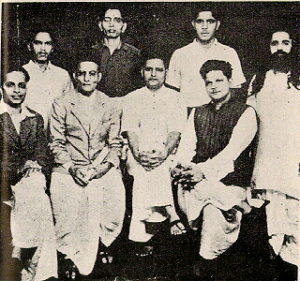
A group photo of people accused in the Gandhi murder case. Standing: Shankar Kistaiya, Gopal Godse, Madanlal Pahwa, Digambar Badge. Sitting: Narayan Apte, Vinayak D. Savarkar, Nathuram Godse, Vishnu Karkare
Dr Balkrishna Shivram Moonje, Savarkar’s close aide and a prominent Mahasabha leader as well as the man leading the efforts to militarize the Hindus, in his presidential address to the Baroda Hindu Sabha in April 1944, one of the three aforementioned conferences, laid out the Mahasabha vision.
“The Prince who is ruling the States is a representative of the Hindu Raj of the past and as such incorporates in himself all traditions of dignity and is suffering and fighting for maintaining the Hindu Raj against foreign opponents who were opposing them during the past 500 years or so … The Hindu Mahasabha therefore calls upon all Hindus to respect and love their Hindu Princes as embodiments of Hindu pride and Hindu achievements in the political world of the past and as hopeful in the future.”
“The Prince who is ruling the States is a representative of the Hindu Raj of the past and as such incorporates in himself all traditions of dignity and is suffering and fighting for maintaining the Hindu Raj against foreign opponents who were opposing them during the past 500 years or so … The Hindu Mahasabha therefore calls upon all Hindus to respect and love their Hindu Princes as embodiments of Hindu pride and Hindu achievements in the political world of the past and as hopeful in the future.”
The princely state was not a single unit. There was the Prince or Maharaja who was an inheritor of the right to rule and a princely bureaucracy comprising officials such as Khare who had more clout than the inheritor himself. Gandhi correctly identified that the princely bureaucracy was interested in continuing to hold power in a post-colonial structure.
In an article in Harijan on 4 August 1946, Gandhi called out the princes but his target was the princely bureaucracy.
“As it is, the Princes have taken the lead only in copying the bad points of the British system. They allow themselves to be led by the nose by their Ministers, whose administrative talent consists only in extorting money from their dumb, helpless subjects. By their tradition and training they are unfitted [sic] to do the job you have let them do.”
In the mêlée of Hindu-Muslim conflict and the partition politics, an unnoticed war was being waged between Gandhi and the princely states, even as the ideologues of Hindutva courted the princely states, some led by Savarkar and others by Moonje. The ten-year period between 1937 and 1947 saw the perfect marriage between the militant Hindu nationalism of Savarkar–Moonje and the princely states.
In the mêlée of Hindu-Muslim conflict and the partition politics, an unnoticed war was being waged between Gandhi and the princely states, even as the ideologues of Hindutva courted the princely states, some led by Savarkar and others by Moonje. The ten-year period between 1937 and 1947 saw the perfect marriage between the militant Hindu nationalism of Savarkar–Moonje and the princely states.
Savarkar wrote to the Maharaja of Jaipur on 19 July 1944:
“Your Highness must have noted or heard personally from other princes that it was entirely due to my lead that the Hindu Mahasabha as an organization has avowedly embraced a policy of standing by the Hindu states and defending their prestige, stability and power against the Congressites, the Communists, the Moslems and such other internal and external sections who openly declared that they aimed to uproot the Hindu states and encourage every effort to embarrass them and create bad blood between their subjects and themselves. Every Hindu Sabha in a Hindu state is today the only body which takes its stand on the fundamental principle of protecting Hindu states as a part of their duty as Hindus. The Hindu Mahasabha has declared that the Hindu states are centres of Hindu power. The policy carried into effect by my tour of different states succeeded in creating in every Hindu State organised bodies of Hindu Sanghatanists whose loyalty to the State and the Prince was above question.”
The essence of this letter portrays—and rightfully so—Gandhi as an arch enemy of the princely states. This conflict escalated closer to Independence. Both Gandhi and the princely states had a different idea about the role of the states in independent India.
In a 26 November 1946 article in Harijan, Gandhi was blunt:
“It is the people who want and are fighting for independence, not the Princes who are sustained by the alien power even when they claim not to be its creation for the suppression of the liberties of the people. The Princes, if they are true to their professions, should welcome this popular use of paramountcy so as to accommodate themselves to the sovereignty of the people envisaged.”
Contrast this stand by Gandhi with that of the Maharaja of Alwar: ‘It is the forefathers of the present rulers who have saved India from Muslim domination. The same task lies ahead and we call upon the Hindu Princes to play their rightful role and save the Hindu nation from extinction.’
This appeared as a lead article in the Hindu Outlook, the mouthpiece for the Hindu Mahasabha, on 11 March 1947.
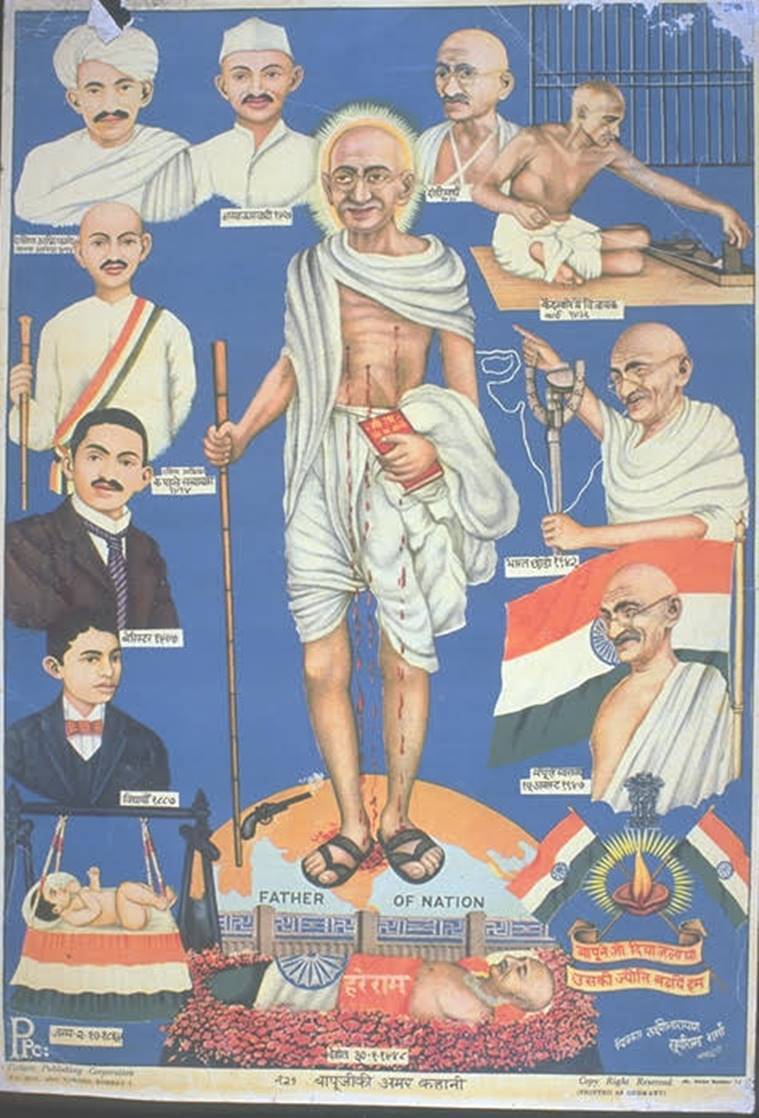
Gandhi’s assassination in poster art (Picture provided by Sumathy Ramaswamy) Credit: The Indian Express
Less than a month later, on 4 April 1947, Gandhi, in a one-on-one meeting with Lord Mountbatten, brought up the British strategy of fighting princely states against the Muslim League.
The minutes of the meeting marked ‘top secret’ stated:
“Mr. Gandhi spoke about the Princes. He said that the Princes were really the creation of the British; that many of them had been gradually created up from small chieftains to the position they now held, because the British realized that they would become strong allies of the British under the system of paramountcy.
In fact he maintained that the British had, from the imperialistic point of view, acted very correctly in backing the Princes and the Muslim League, since between these two, had we played our cards really well, we could have claimed it was impossible for us even to leave India.”
“Mr. Gandhi spoke about the Princes. He said that the Princes were really the creation of the British; that many of them had been gradually created up from small chieftains to the position they now held, because the British realized that they would become strong allies of the British under the system of paramountcy….”
*
This excerpt has been carried courtesy the permission of HarperCollins India. You can buy The Murderer, The Monarch and The Fakir: A New Investigation of Mahatma Gandhi’s Assassination here.
As an investigative journalist, Appu Esthose Suresh did extensive work on the changing pattern of communal riots in India, making a significant contribution towards understanding a sensitive and complex topic. Appu was recognized by the Mumbai Press Club’s 2015 RedInk Awards in the ‘Journalist of the Year’ category for his series on the ‘Communal Cauldron in Uttar Pradesh’. He has worked with the Hindustan Times as editor (special assignments), and at the Indian Express and Mint, among other publications. He was part of the International Consortium of Investigative Journalists team that investigated offshore accounts in British Virgin Islands and the HSBC Swiss accounts. He is currently Senior Atlantic Fellow at the International Inequalities Institute, London School of Economics & Political Science (LSE). He is also the founder of Pixstory. He completed his studies from St. Stephen’s College, New Delhi, and LSE.
Priyanka Kotamraju is a Gates Cambridge scholar pursuing a doctorate in sociology at the University of Cambridge, and a Senior Atlantic Fellow at the International Inequalities Institute at LSE. She was formerly editor of Khabar Lahariya, an award-winning grassroots media organization. She has also worked with the Indian Express and the Hindu Business Line. She is the co-founder of Chitrakoot Collective, a grassroots feminist research collective.
| 2500 BC - Present | |
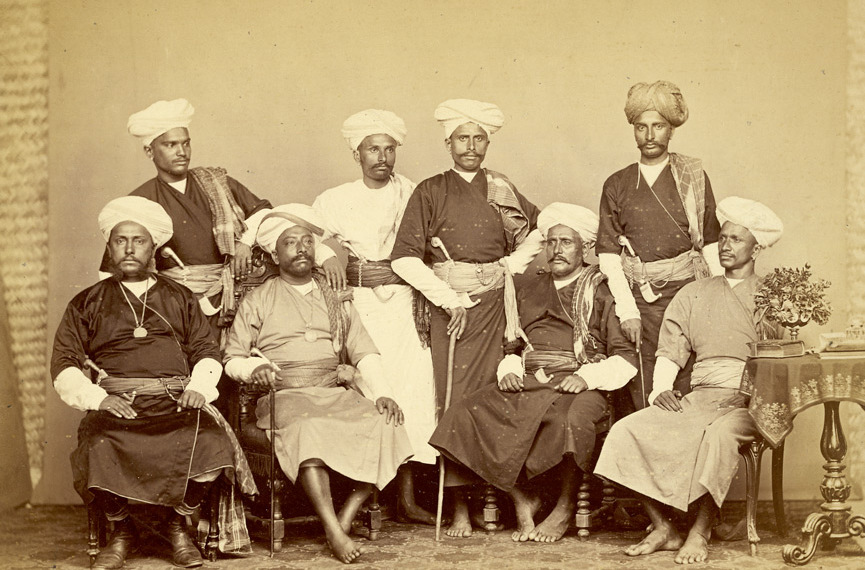
|
2500 BC - Present |
| Tribal History: Looking for the Origins of the Kodavas | |
| 2200 BC to 600 AD | |
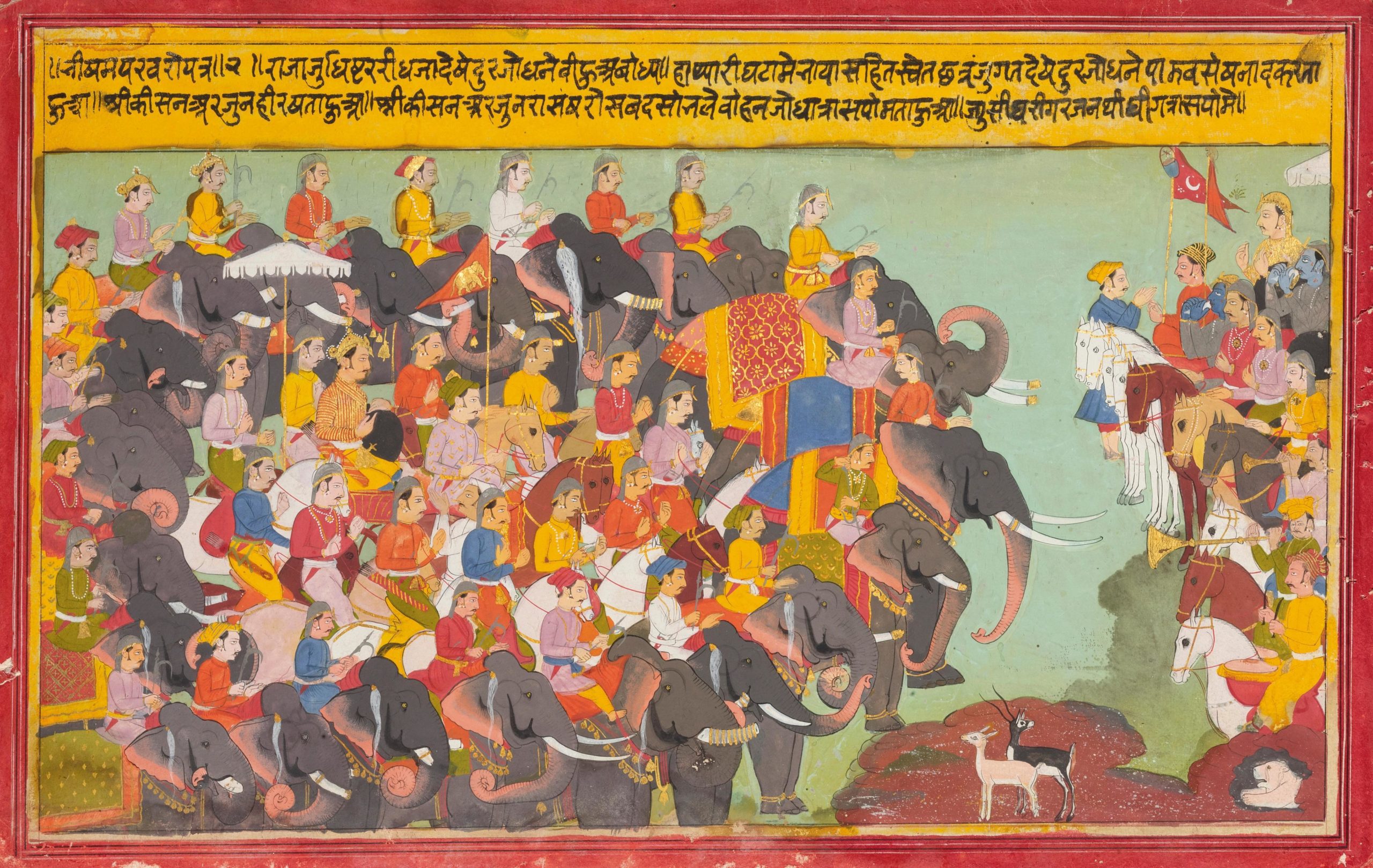
|
2200 BC to 600 AD |
| War, Political Violence and Rebellion in Ancient India | |
| 400 BC to 1001 AD | |
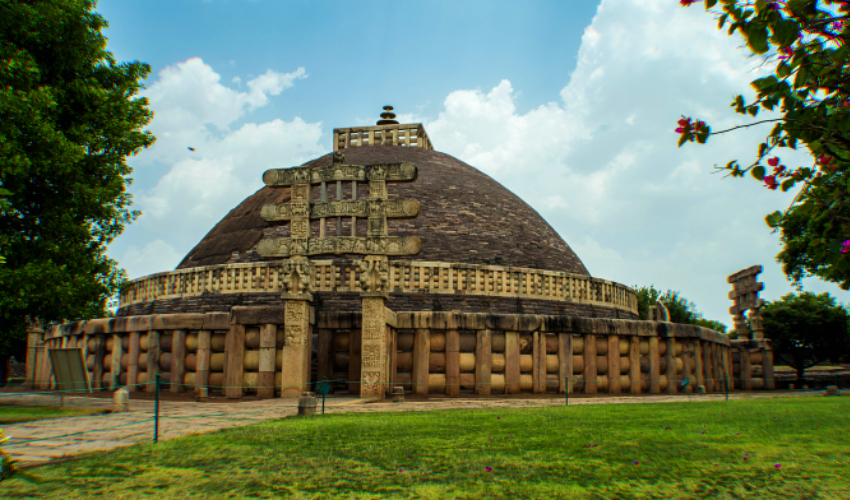
|
400 BC to 1001 AD |
| The Dissent of the ‘Nastika’ in Early India | |
| 600CE-1200CE | |
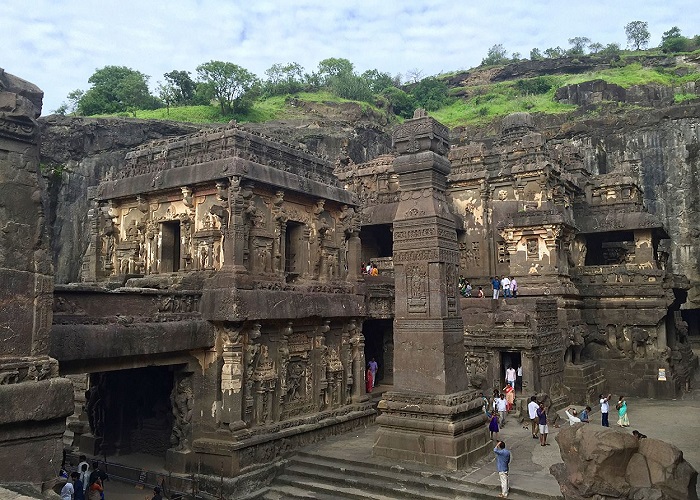
|
600CE-1200CE |
| The Other Side of the Vindhyas: An Alternative History of Power | |
| c. 700 - 1400 AD | |
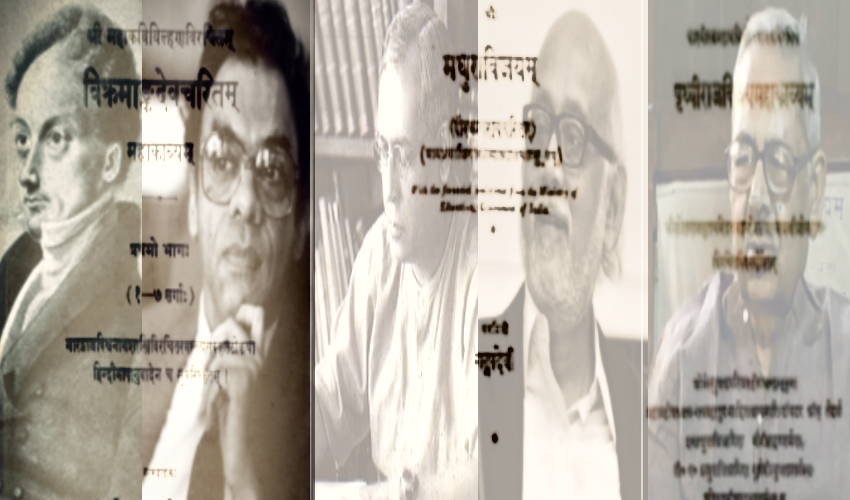
|
c. 700 - 1400 AD |
| A Historian Recommends: Representing the ‘Other’ in Indian History | |
| c. 800 - 900 CE | |

|
c. 800 - 900 CE |
| ‘Drape me in his scent’: Female Sexuality and Devotion in Andal, the Goddess | |
| 1192 | |
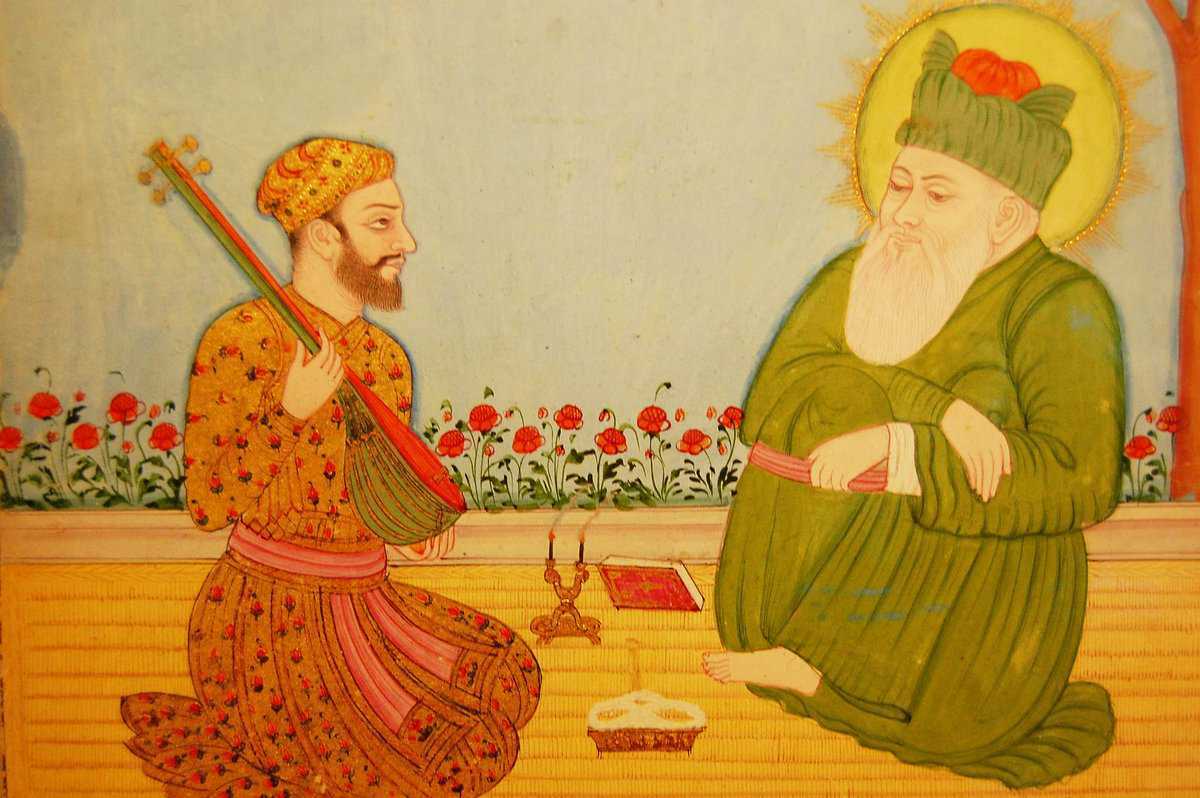
|
1192 |
| Sufi Silsilahs: The Mystic Orders in India | |
| 1200 - 1850 | |
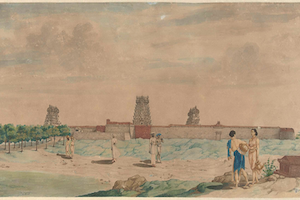
|
1200 - 1850 |
| Temples, deities, and the law. | |
| c. 1500 - 1600 AD | |
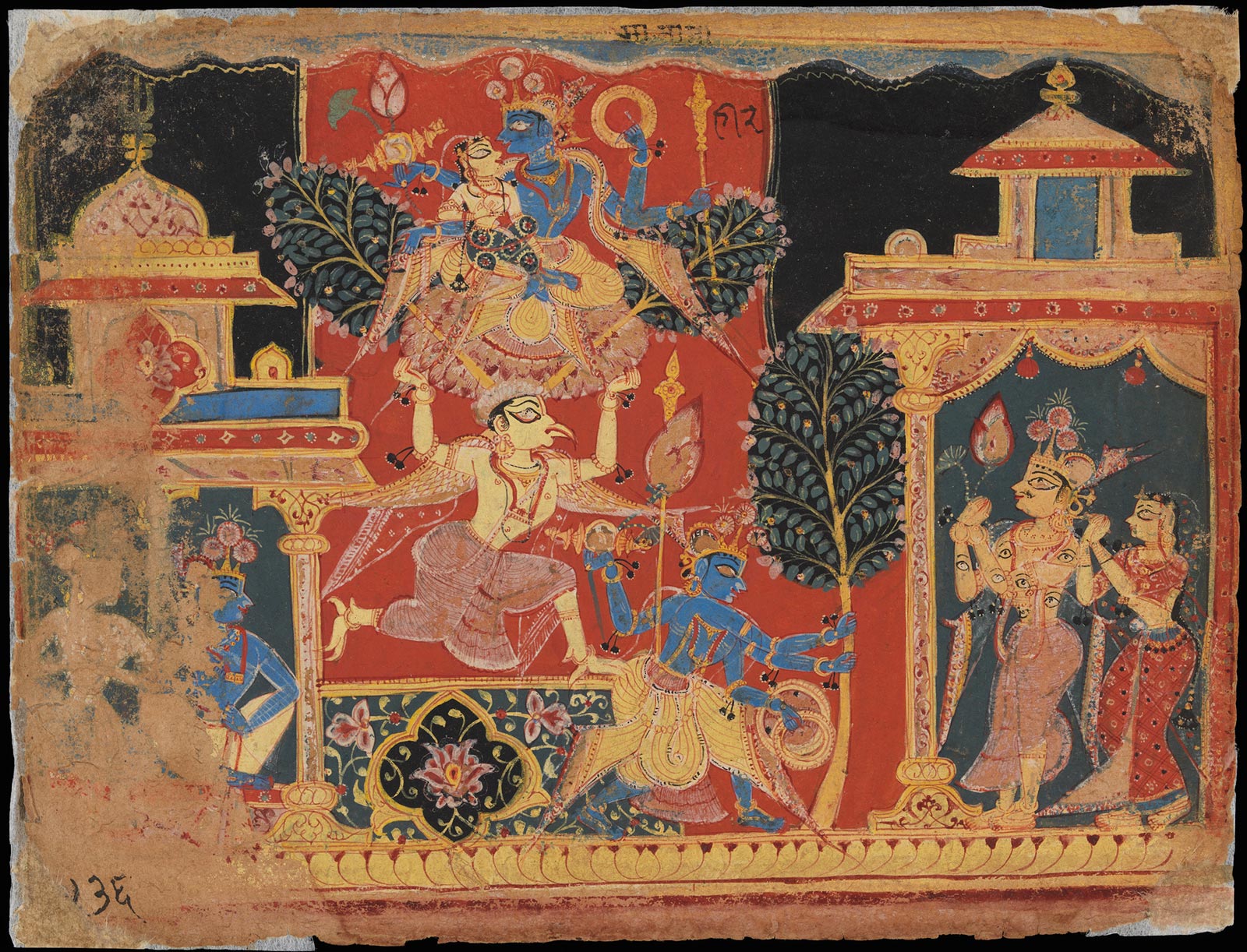
|
c. 1500 - 1600 AD |
| A Historian Recommends: Religion in Mughal India | |
| 1200-2020 | |
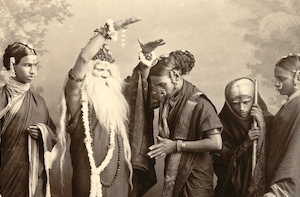
|
1200-2020 |
| Policing Untouchables and Producing Tamasha in Maharashtra | |
| 1530-1858 | |
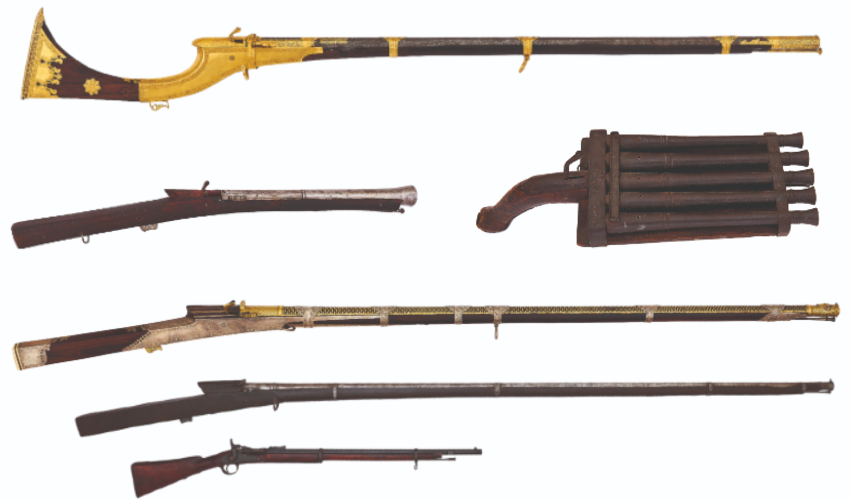
|
1530-1858 |
| Rajputs, Mughals and the Handguns of Hindustan | |
| 1575 | |
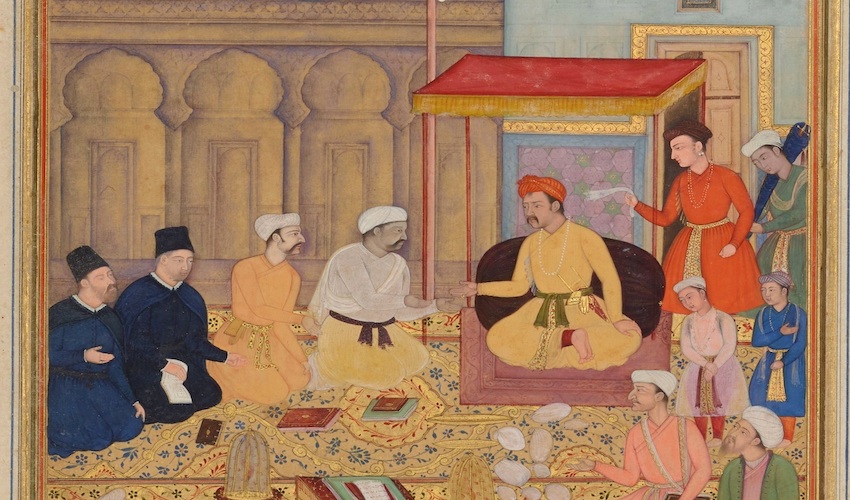
|
1575 |
| Abdul Qadir Badauni & Abul Fazl: Two Mughal Intellectuals in King Akbar‘s Court | |
| 1579 | |
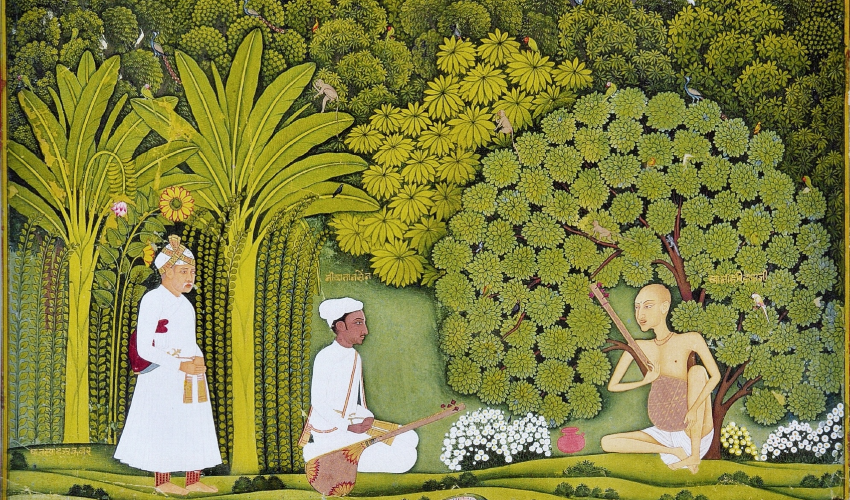
|
1579 |
| Padshah-i Islam | |
| 1550-1800 | |
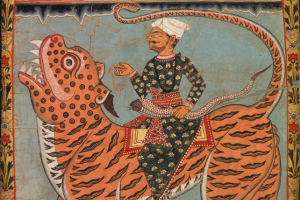
|
1550-1800 |
| Who are the Bengal Muslims? : Conversion and Islamisation in Bengal | |
| c. 1600 CE-1900 CE | |

|
c. 1600 CE-1900 CE |
| The Birth of a Community: UP’s Ghazi Miyan and Narratives of ‘Conquest’ | |
| 1553 - 1900 | |
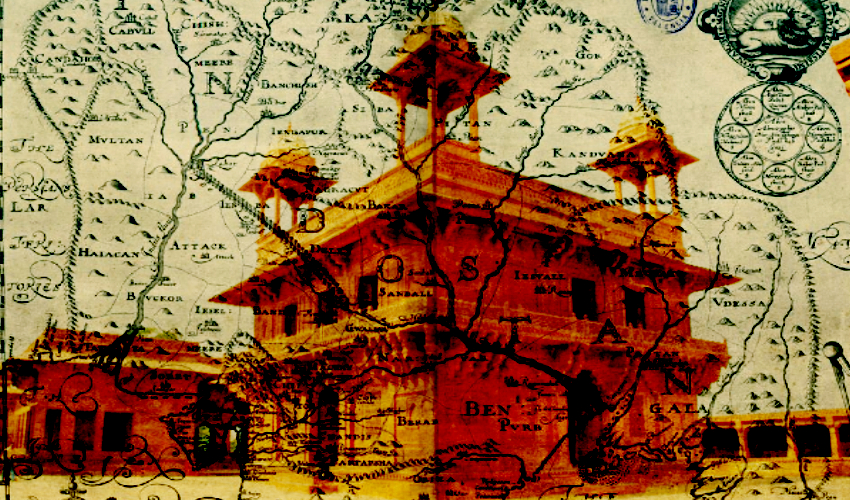
|
1553 - 1900 |
| What Happened to ‘Hindustan’? | |
| 1630-1680 | |
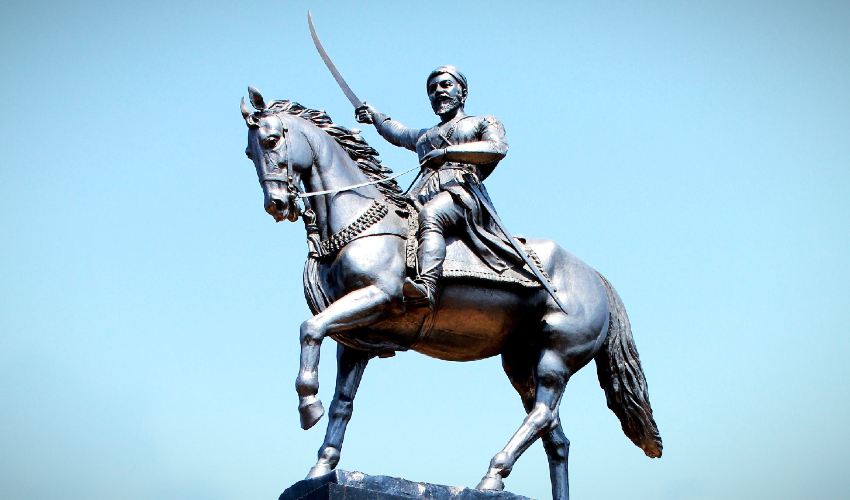
|
1630-1680 |
| Shivaji: Hindutva Icon or Secular Nationalist? | |
| 1630 -1680 | |
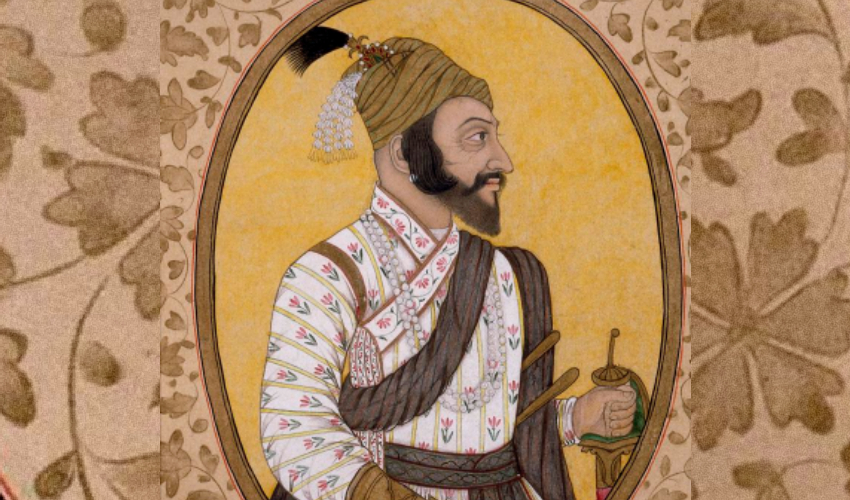
|
1630 -1680 |
| Shivaji: His Legacy & His Times | |
| c. 1724 – 1857 A.D. | |

|
c. 1724 – 1857 A.D. |
| Bahu Begum and the Gendered Struggle for Power | |
| 1818 - Present | |
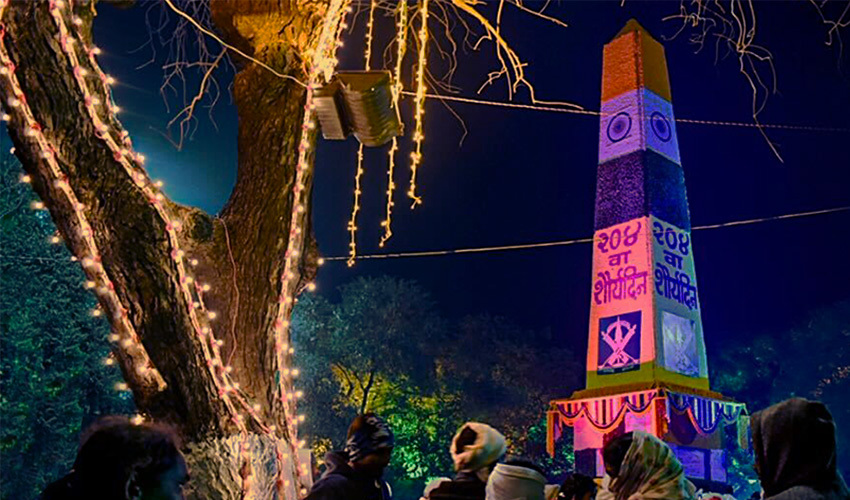
|
1818 - Present |
| The Contesting Memories of Bhima-Koregaon | |
| 1831 | |
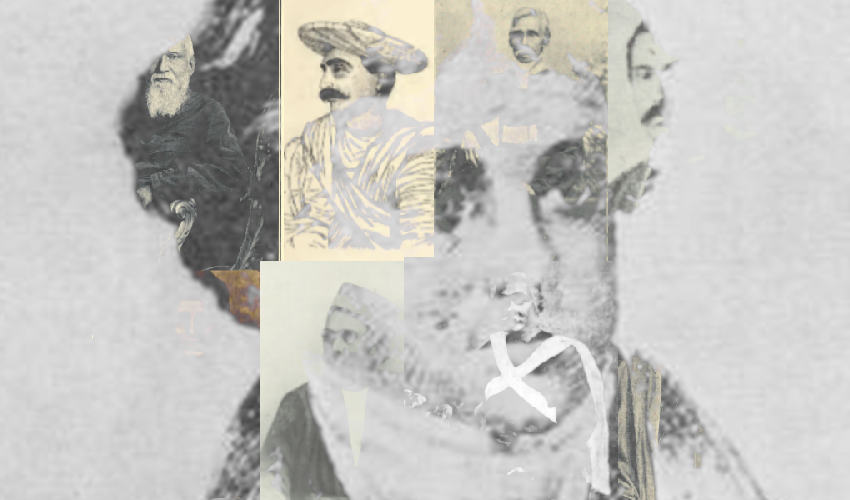
|
1831 |
| The Derozians’ India | |
| 1855 | |
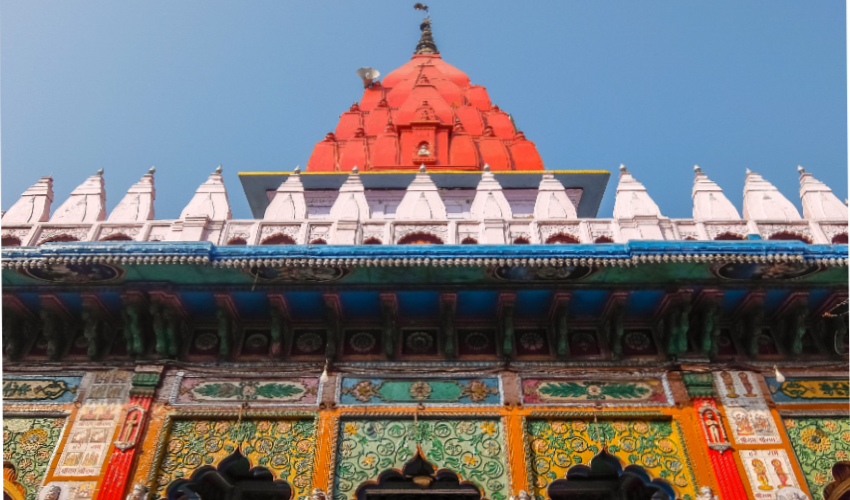
|
1855 |
| Ayodhya 1855 | |
| 1856 | |
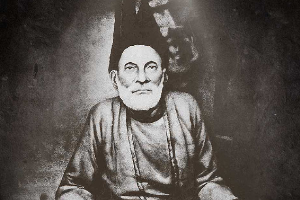
|
1856 |
| “Worshipping the dead is not an auspicious thing” — Ghalib | |
| 1857 | |
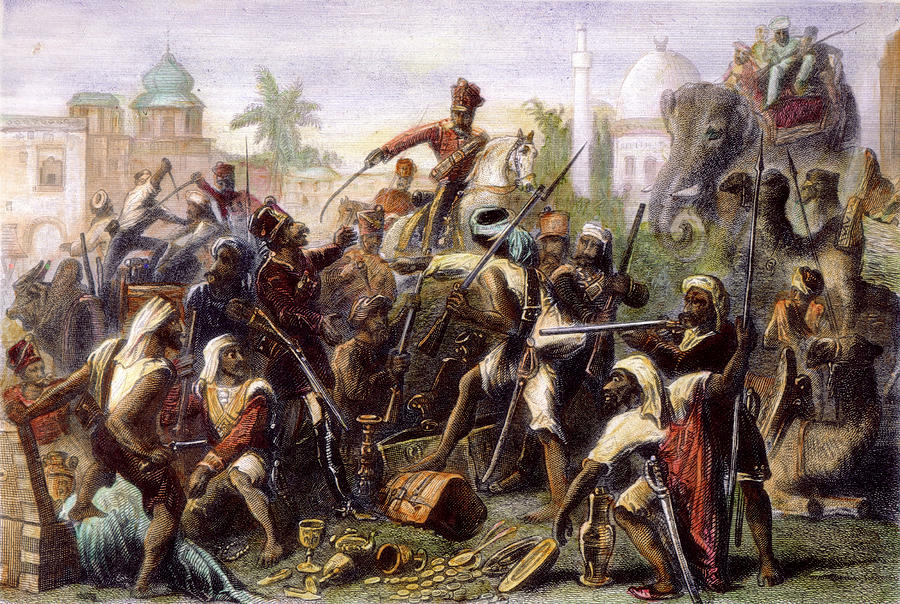
|
1857 |
| A Subaltern speaks: Dalit women’s counter-history of 1857 | |
| 1858 - 1976 | |
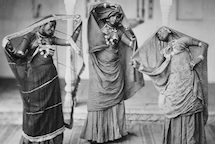
|
1858 - 1976 |
| Lifestyle as Resistance: The Curious Case of the Courtesans of Lucknow | |
| 1883 - 1894 | |
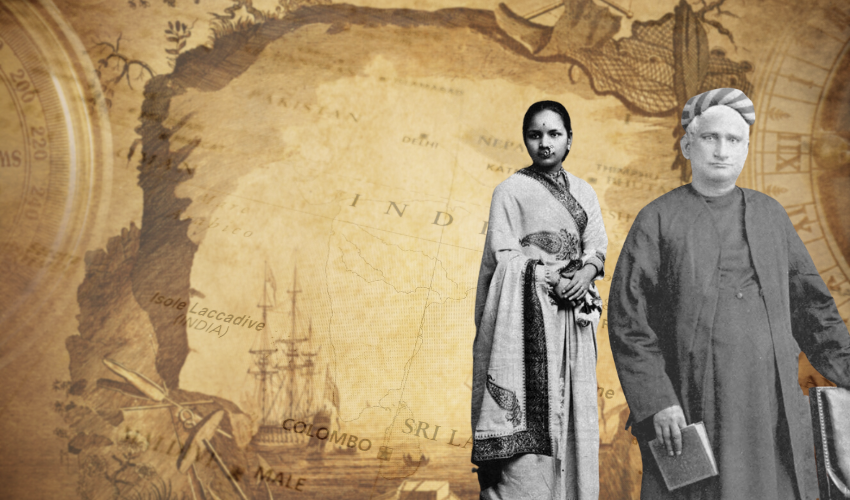
|
1883 - 1894 |
| The Sea Voyage Question: A Nineteenth century Debate | |
| 1887 | |
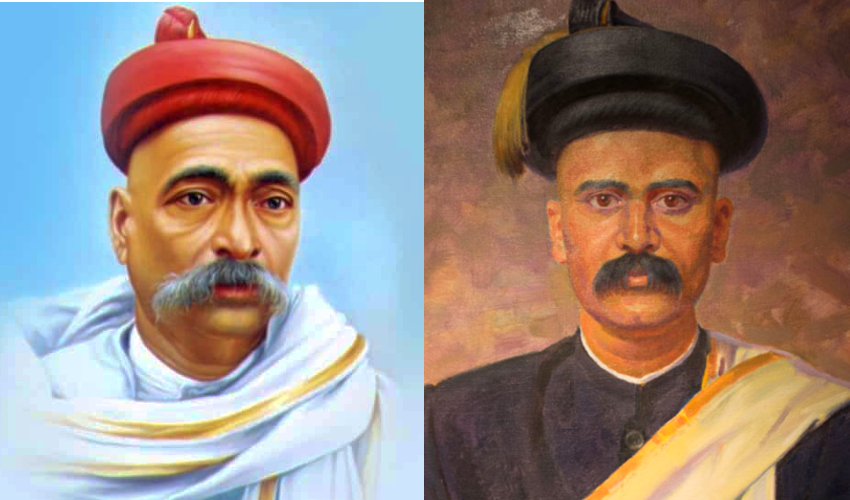
|
1887 |
| The Great Debaters: Tilak Vs. Agarkar | |
| 1893-1946 | |

|
1893-1946 |
| A Historian Recommends: Gandhi Vs. Caste | |
| 1897 | |
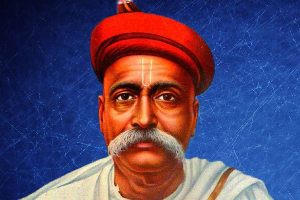
|
1897 |
| Queen Empress vs. Bal Gangadhar Tilak: An Autopsy | |
| 1913 - 1916 Modern Review | |
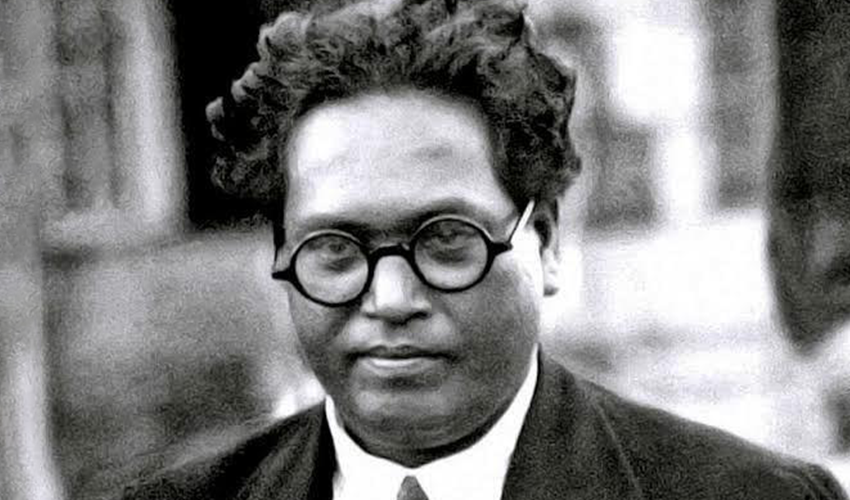
|
1913 - 1916 |
| A Young Ambedkar in New York | |
| 1916 | |
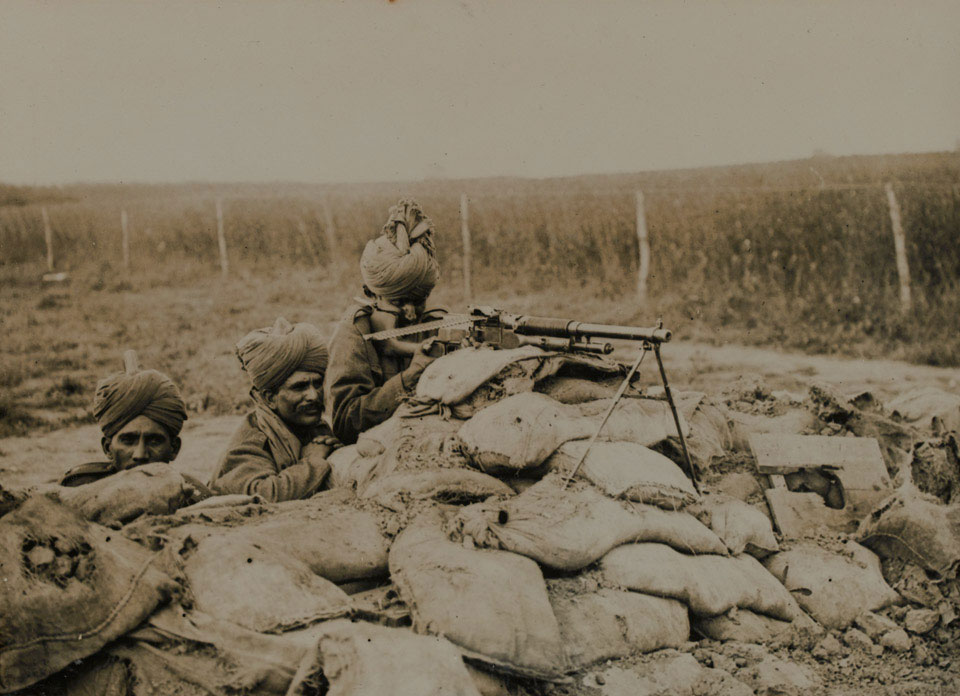
|
1916 |
| A Rare Account of World War I by an Indian Soldier | |
| 1917 | |
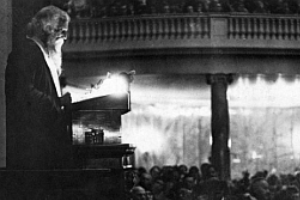
|
1917 |
| On Nationalism, by Tagore | |
| 1918 - 1919 | |
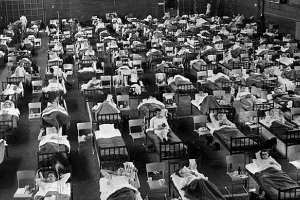
|
1918 - 1919 |
| What Happened to the Virus That Caused the World’s Deadliest Pandemic? | |
| 1920 - 1947 | |
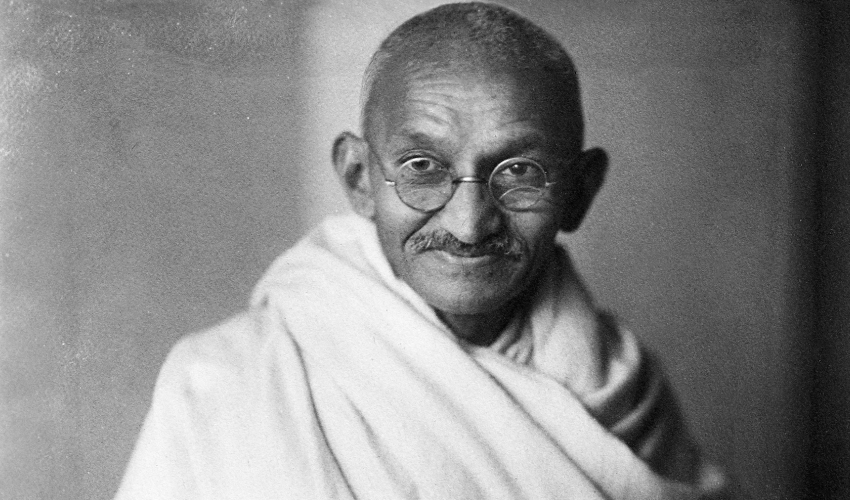
|
1920 - 1947 |
| How One Should Celebrate Diwali, According to Gandhi | |
| 1921 | |
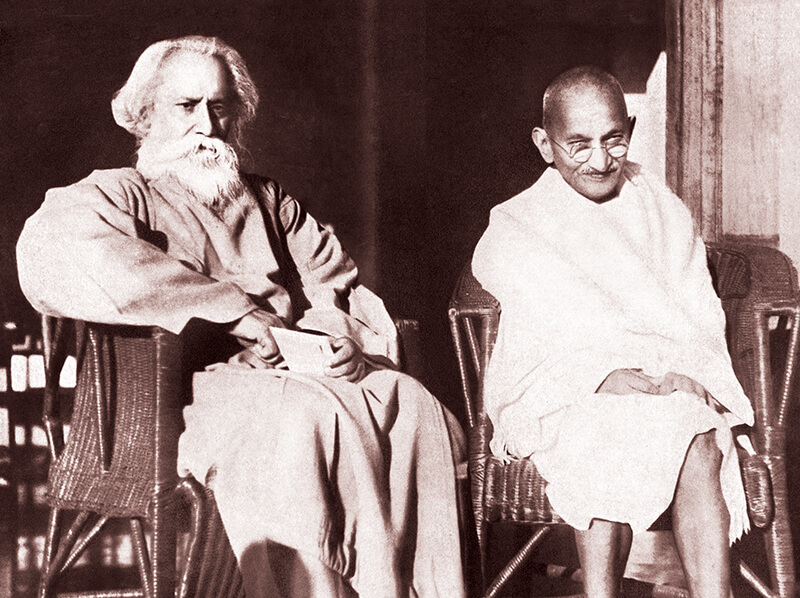
|
1921 |
| Great Debates: Tagore Vs. Gandhi (1921) | |
| 1921 - 2015 | |

|
1921 - 2015 |
| A History of Caste Politics and Elections in Bihar | |
| 1915-1921 | |

|
1915-1921 |
| The Satirical Genius of Gaganendranath Tagore | |
| 1924-1937 | |
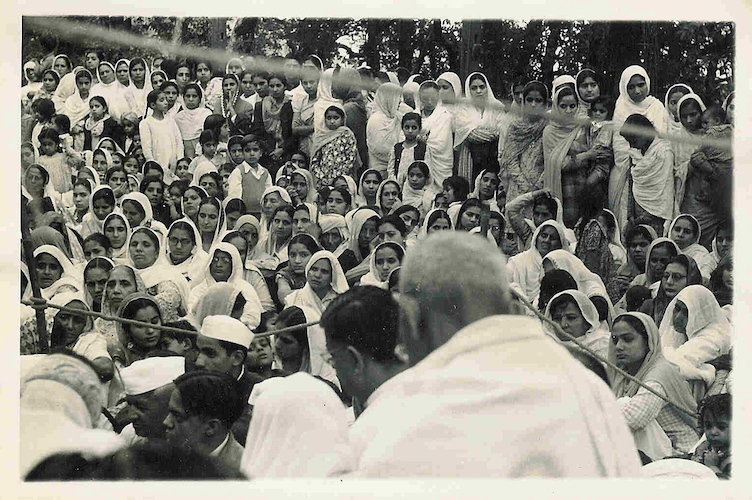
|
1924-1937 |
| What were Gandhi’s Views on Religious Conversion? | |
| 1900-1950 | |
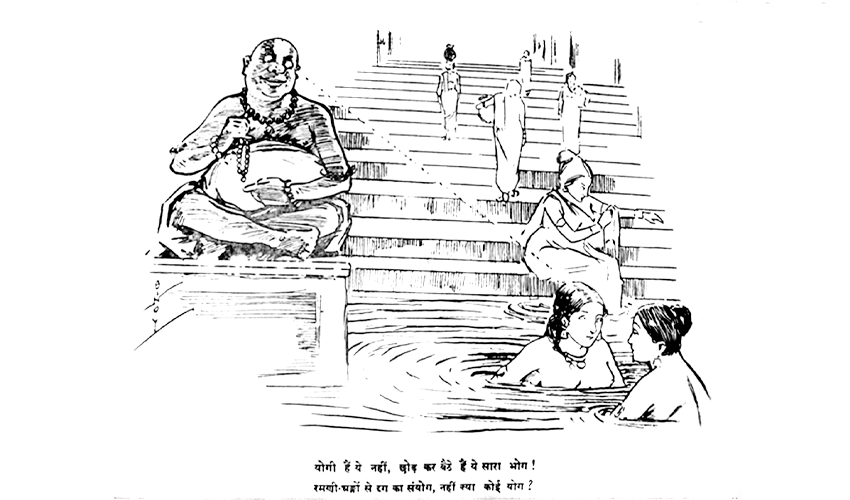
|
1900-1950 |
| Gazing at the Woman’s Body: Historicising Lust and Lechery in a Patriarchal Society | |
| 1925, 1926 | |
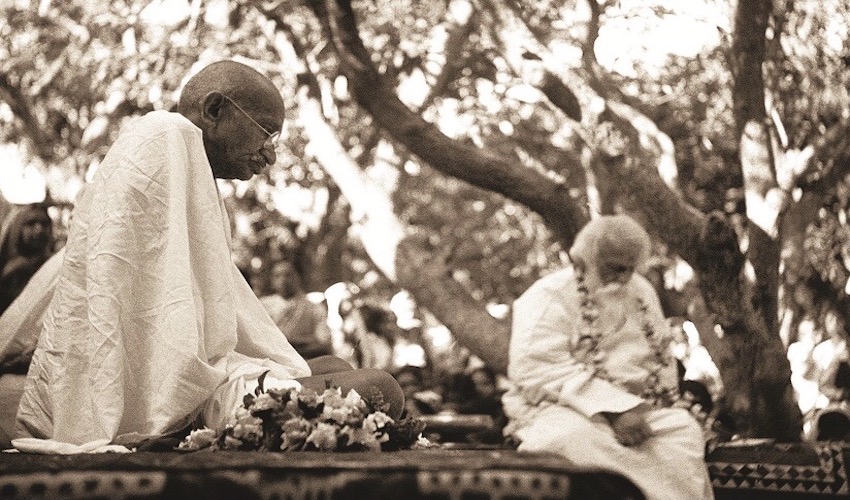
|
1925, 1926 |
| Great Debates: Tagore vs Gandhi (1925-1926) | |
| 1928 | |
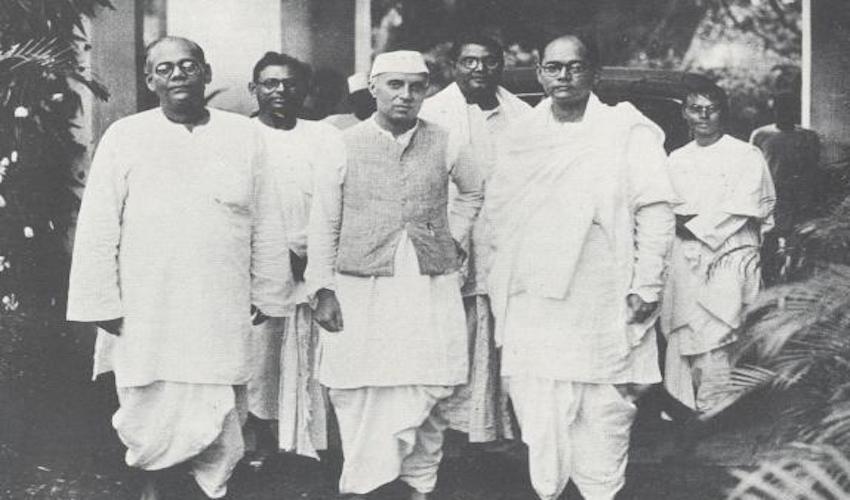
|
1928 |
| Bhagat Singh’s dilemma: Nehru or Bose? | |
| 1930 Modern Review | |
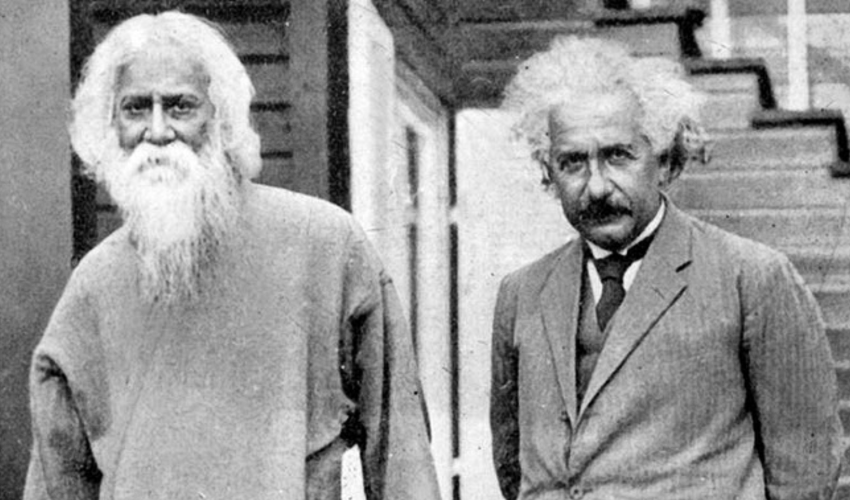
|
1930 |
| The Modern Review Special: On the Nature of Reality | |
| 1932 | |
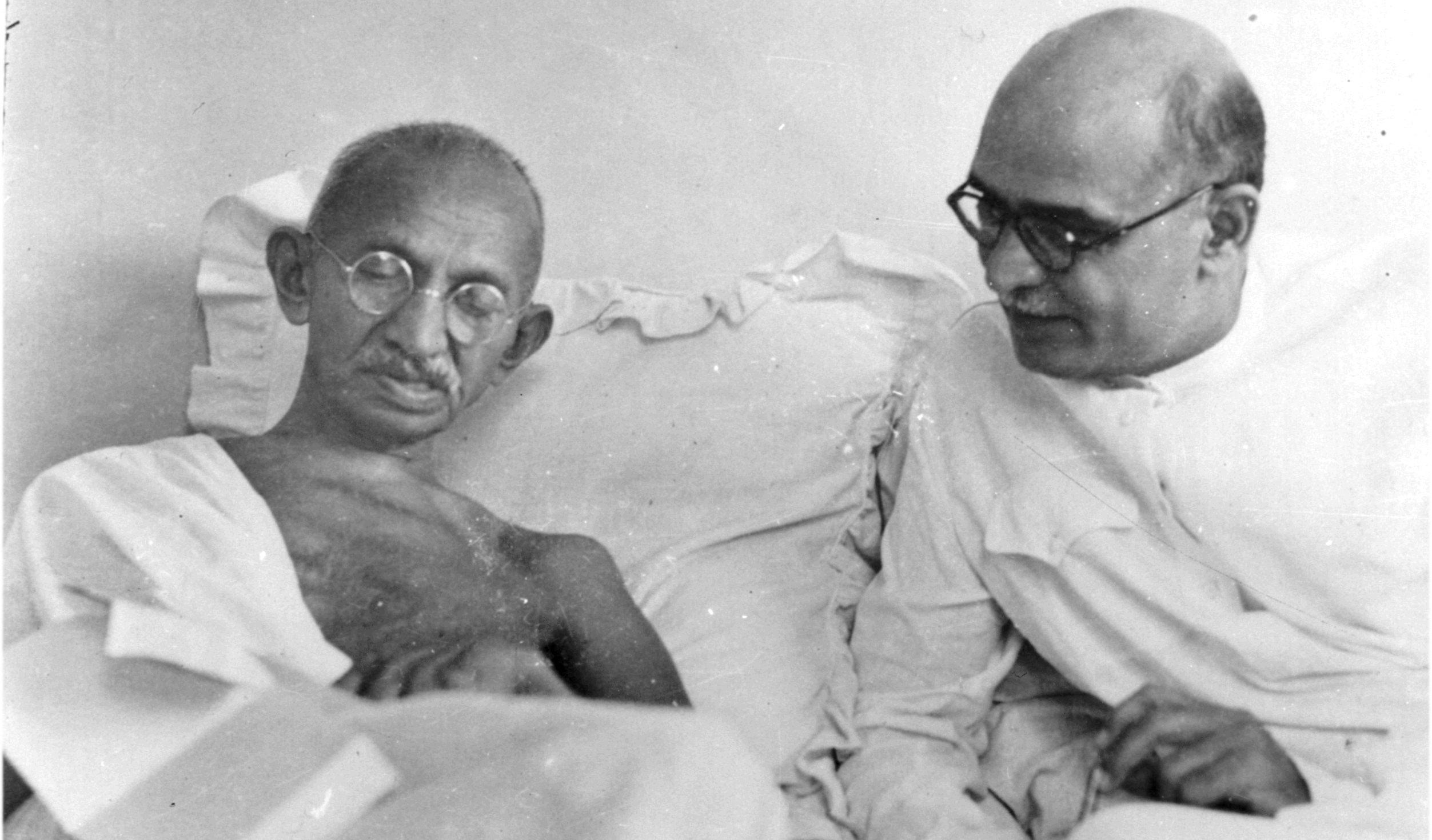
|
1932 |
| Caste, Gandhi and the Man Beside Gandhi | |
| 1933 - 1991 | |
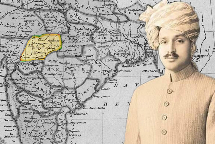
|
1933 - 1991 |
| Raghubir Sinh: The Prince Who Would Be Historian | |
| 1935 | |
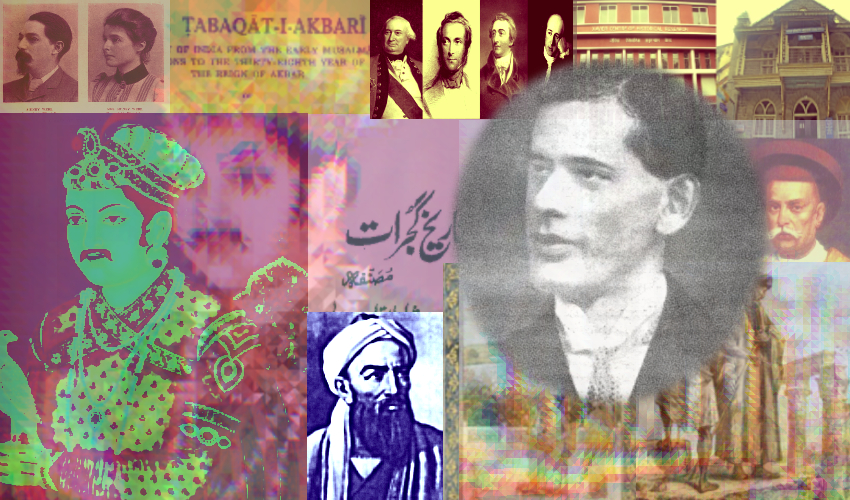
|
1935 |
| A Historian Recommends: SA Khan’s Timeless Presidential Address | |
| 1865-1928 | |
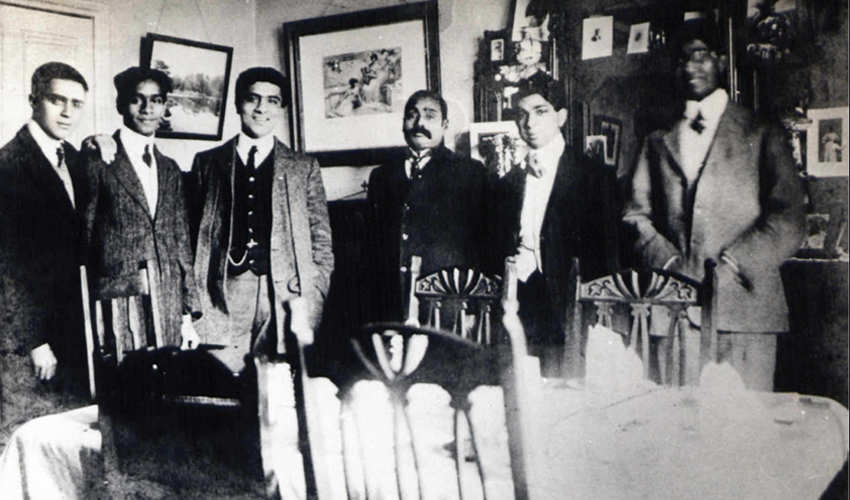
|
1865-1928 |
| Understanding Lajpat Rai’s Hindu Politics and Secularism | |
| 1935 Modern Review | |
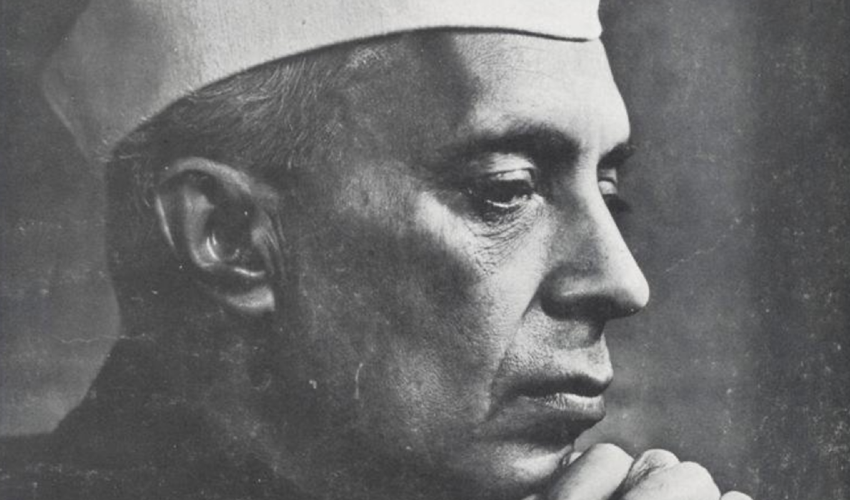
|
1935 |
| The Modern Review Special: The Mind of a Judge | |
| 1936 Modern Review | |
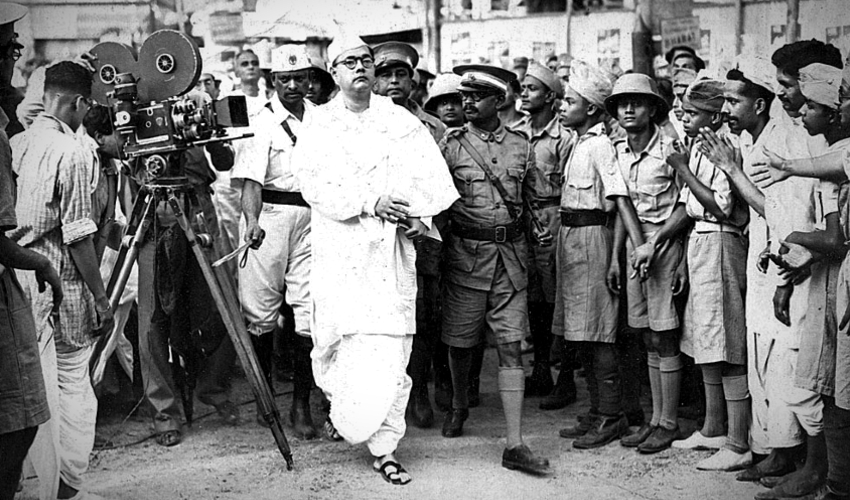
|
1936 |
| The Modern Review Special: When Netaji Subhas Bose Was Wrongfully Detained for ‘Terrorism’ | |
| 1936 | |

|
1936 |
| Annihilation of Caste: Part 1 | |
| 1936 Modern Review | |

|
1936 |
| The Modern Review Special: An Indian MP in the British Parliament | |
| 1936 | |
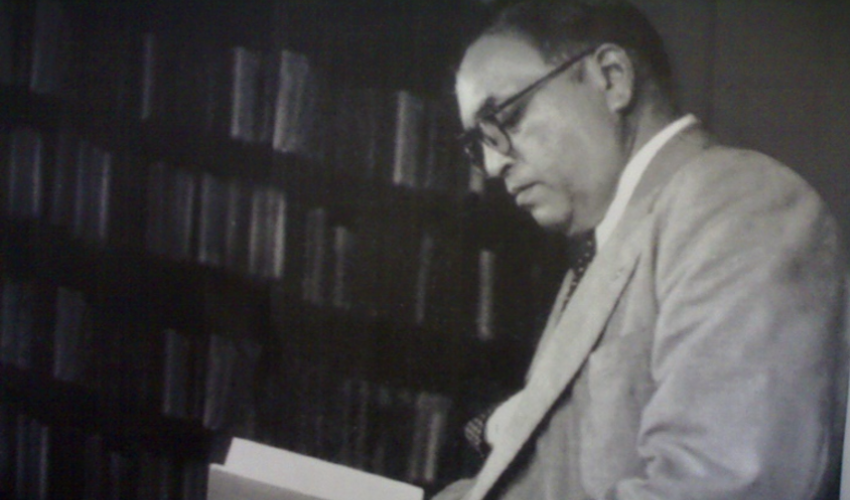
|
1936 |
| Annihilation of Caste: Part 2 | |
| 1936 | |

|
1936 |
| A Reflection of His Age: Munshi Premchand on the True Purpose of Literature | |
| 1936 Modern Review | |
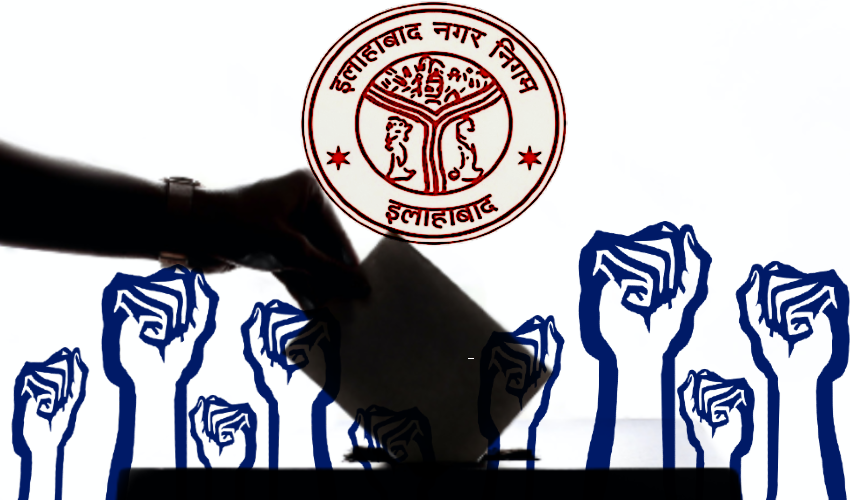
|
1936 |
| The Modern Review Special: The Defeat of a Dalit Candidate in a 1936 Municipal Election | |
| 1937 Modern Review | |
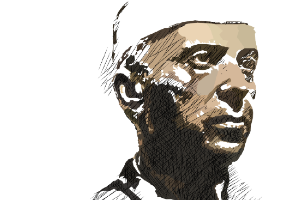
|
1937 |
| The Modern Review Special: Rashtrapati | |
| 1938 | |
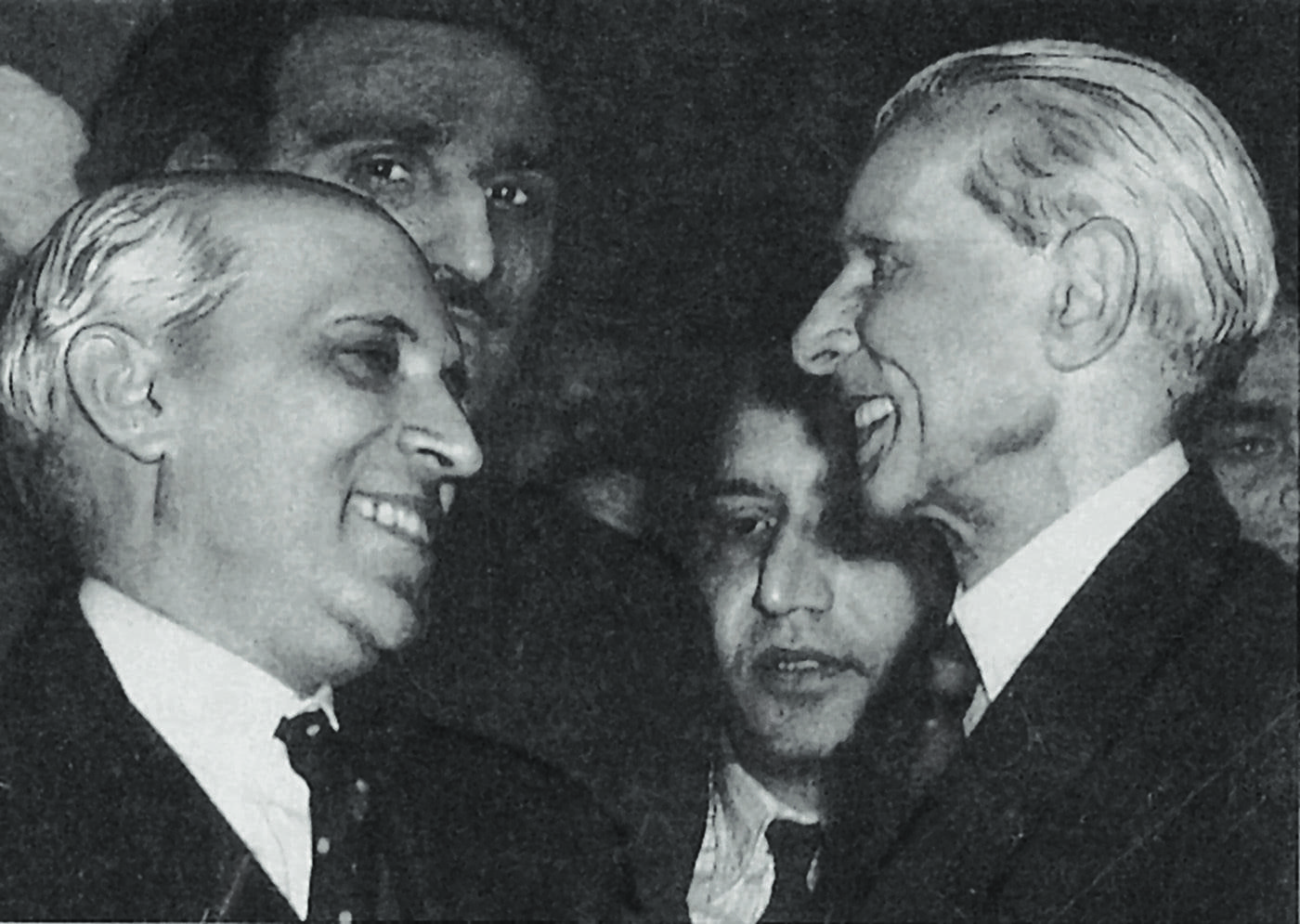
|
1938 |
| Great Debates: Nehru Vs. Jinnah (1938) | |
| 1942 Modern Review | |
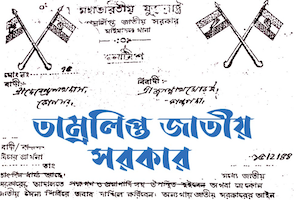
|
1942 |
| IHC Uncovers: A Parallel Government In British India (Part 1) | |
| 1942-1945 | |

|
1942-1945 |
| IHC Uncovers: A Parallel Government in British India (Part 2) | |
| 1946 | |
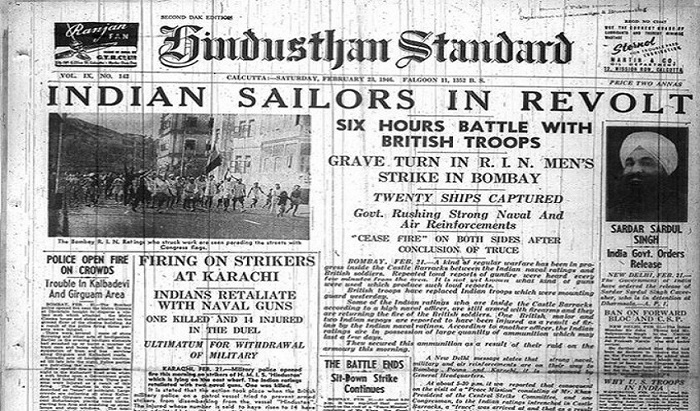
|
1946 |
| Our Last War of Independence: The Royal Indian Navy Mutiny of 1946 | |
| 1946 | |
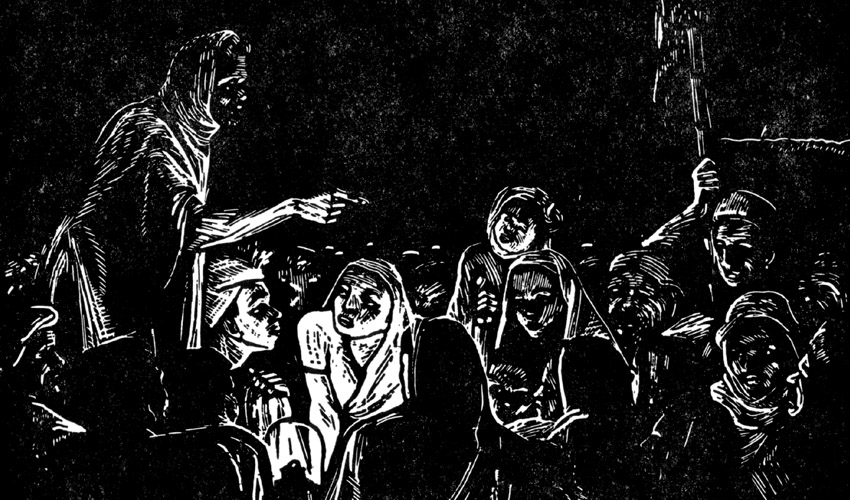
|
1946 |
| An Artist’s Account of the Tebhaga Movement in Pictures And Prose | |
| 1946 – 1947 | |

|
1946 – 1947 |
| “The Most Democratic People on Earth” : An Adivasi Voice in the Constituent Assembly | |
| 1946-1947 | |
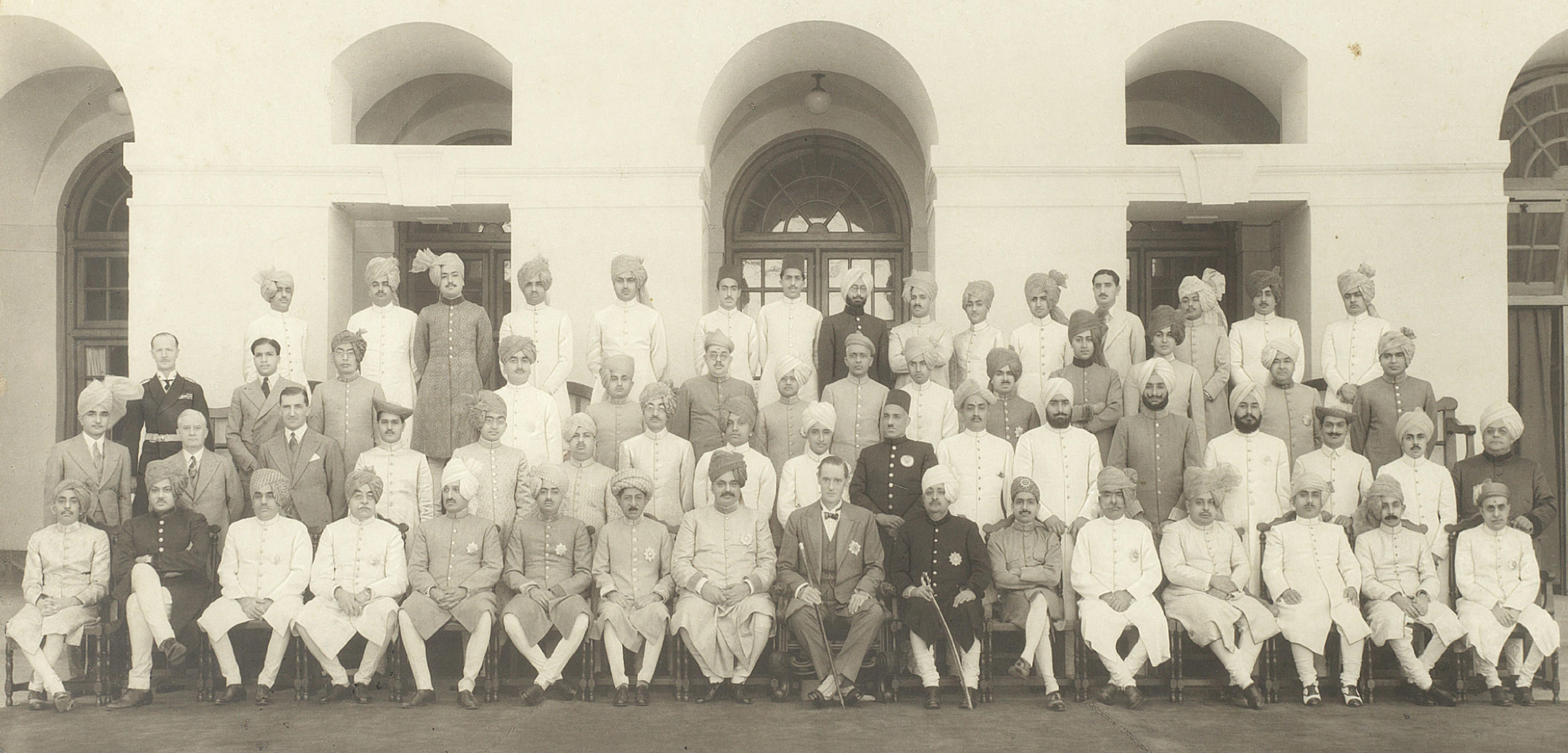
|
1946-1947 |
| VP Menon and the Birth of Independent India | |
| 1916 - 1947 | |
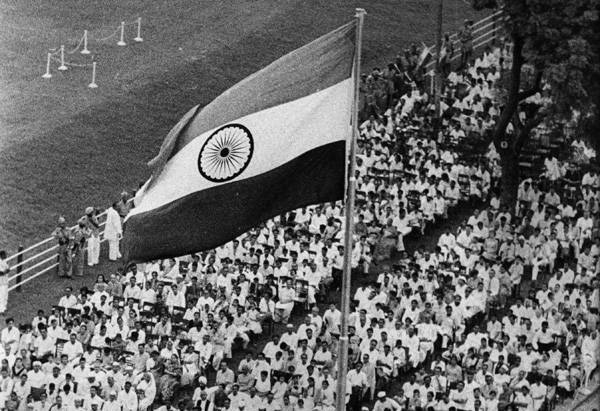
|
1916 - 1947 |
| 8 @ 75: 8 Speeches Independent Indians Must Read | |
| 1947-1951 | |
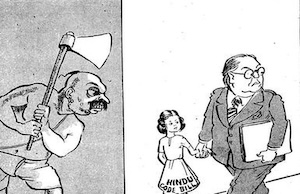
|
1947-1951 |
| Ambedkar Cartoons: The Joke’s On Us | |
| 1948 | |

|
1948 |
| “My Father, Do Not Rest” | |
| 1940-1960 | |

|
1940-1960 |
| Integration Myth: A Silenced History of Hyderabad | |
| 1948 | |
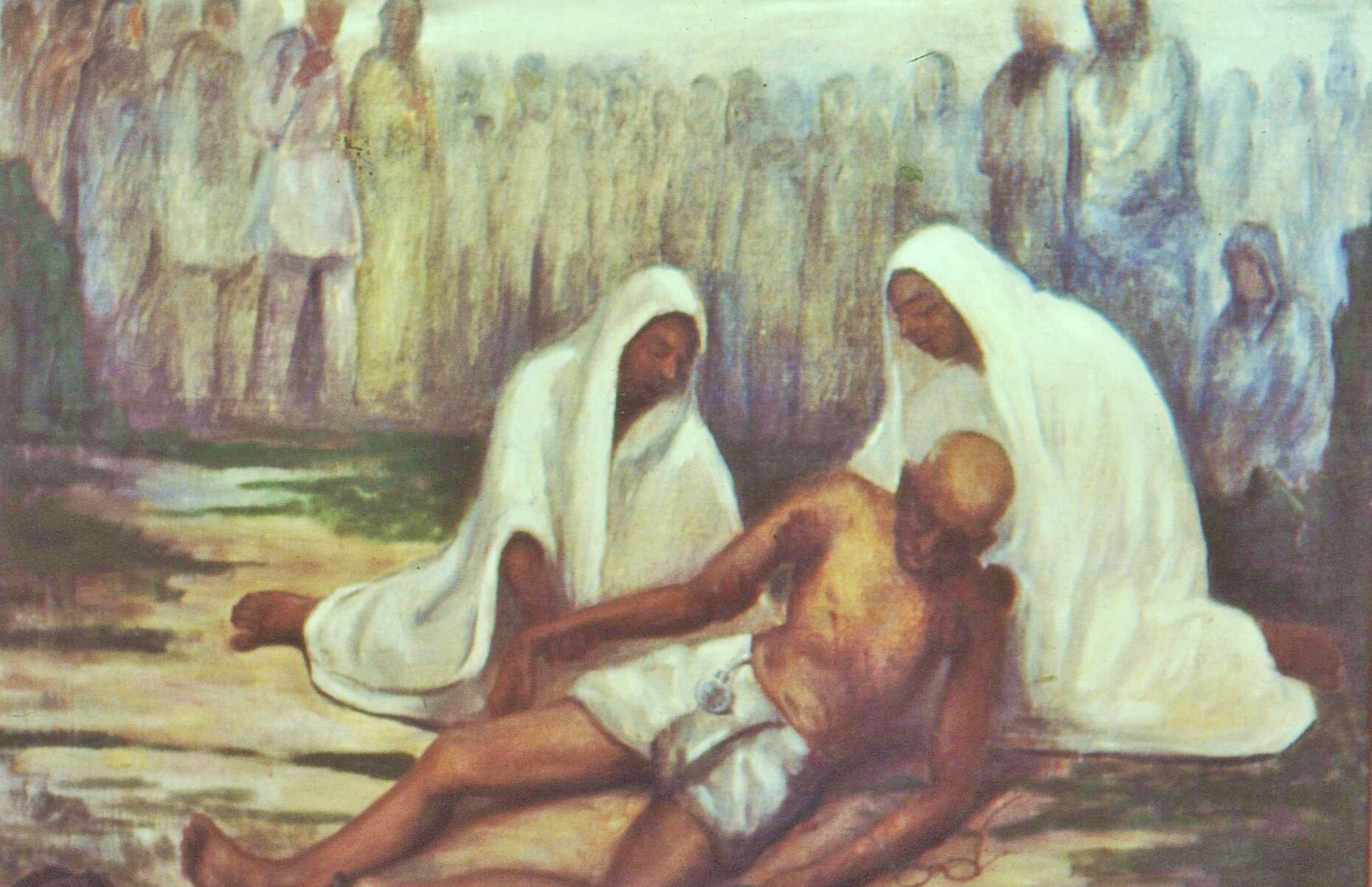
|
1948 |
| The Assassination of a Mahatma, the Princely States and the ‘Hindu’ Nation | |
| 1949 | |
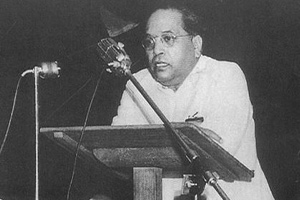
|
1949 |
| Ambedkar warns against India becoming a ‘Democracy in Form, Dictatorship in Fact’ | |
| 1950 | |
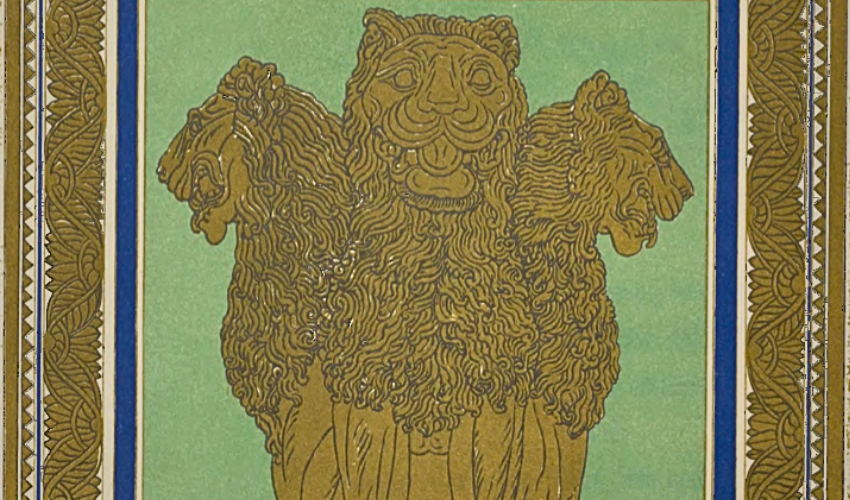
|
1950 |
| Illustrations from the constitution | |
| 1951 | |
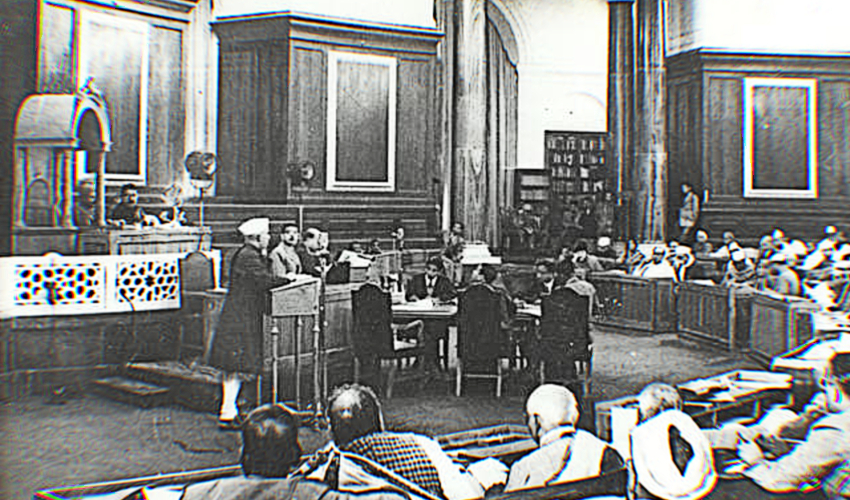
|
1951 |
| How the First Amendment to the Indian Constitution Circumscribed Our Freedoms & How it was Passed | |
| 1967 | |
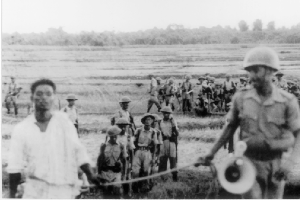
|
1967 |
| Once Upon A Time In Naxalbari | |
| 1970 | |
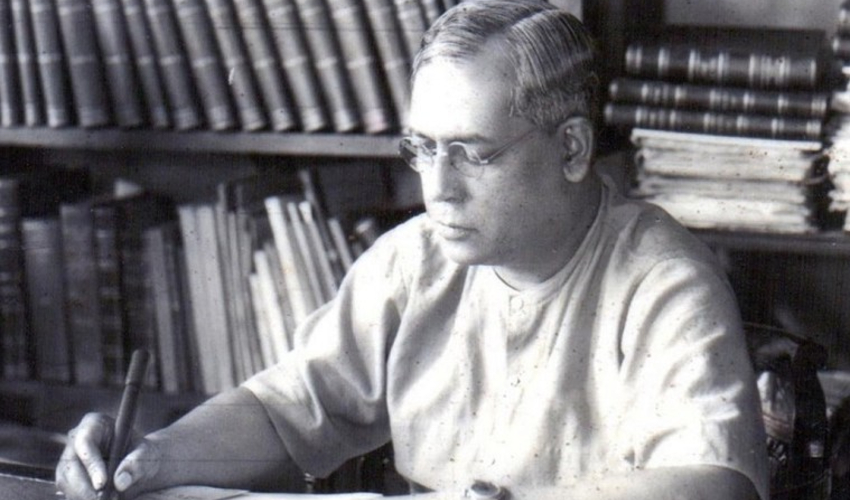
|
1970 |
| R.C. Majumdar on Shortcomings in Indian Historiography | |
| 1973 - 1993 | |
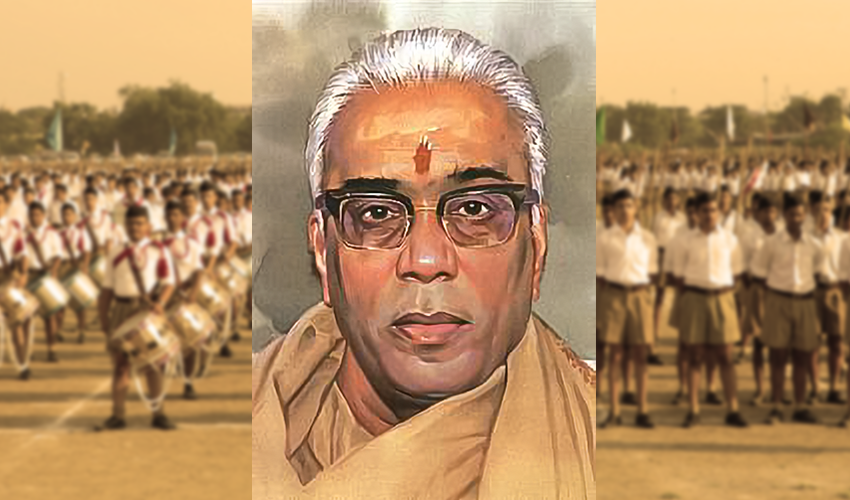
|
1973 - 1993 |
| Balasaheb Deoras: Kingmaker of the Sangh | |
| 1975 | |
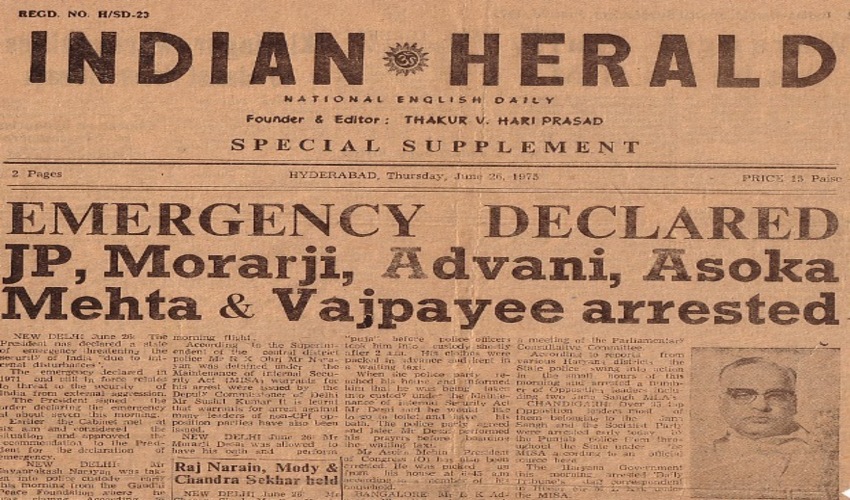
|
1975 |
| The Emergency Package: Shadow Power | |
| 1975 | |

|
1975 |
| The Emergency Package: The Prehistory of Turkman Gate – Population Control | |
| 1977 – 2011 | |
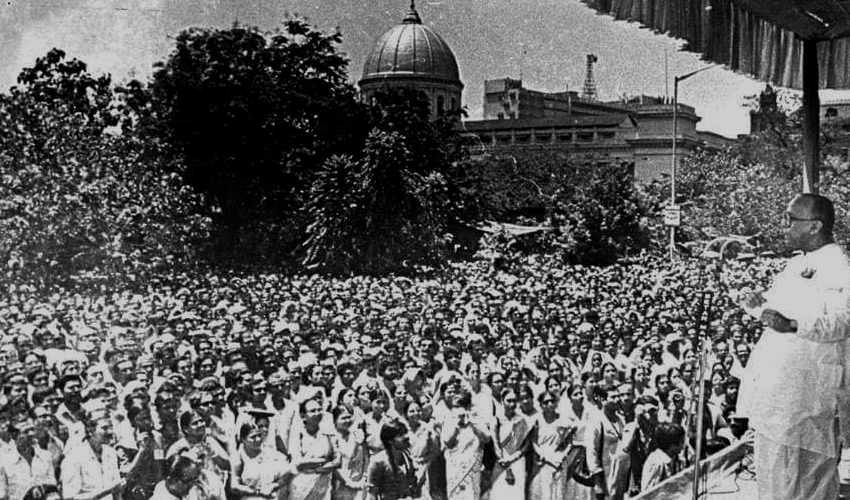
|
1977 – 2011 |
| Power is an Unforgiving Mistress: Lessons from the Decline of the Left in Bengal | |
| 1984 | |

|
1984 |
| Mrs Gandhi’s Final Folly: Operation Blue Star | |
| 1916-2004 | |
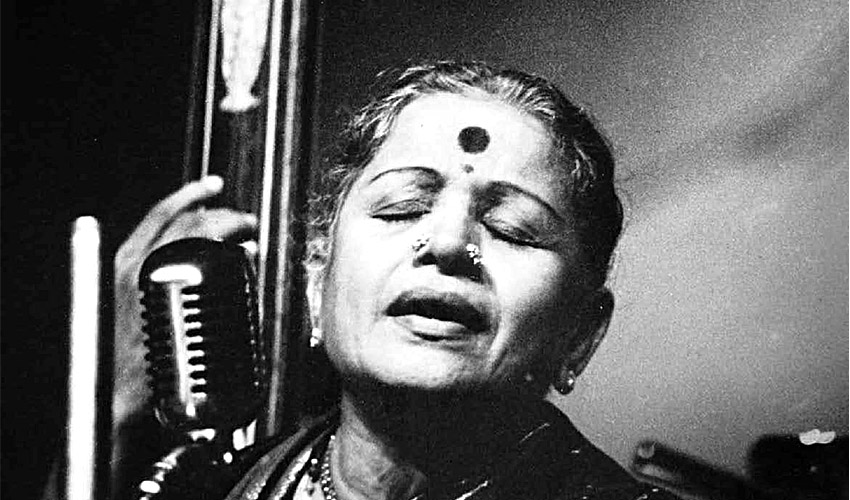
|
1916-2004 |
| Amjad Ali Khan on M.S. Subbulakshmi: “A Glorious Chapter for Indian Classical Music” | |
| 2008 | |
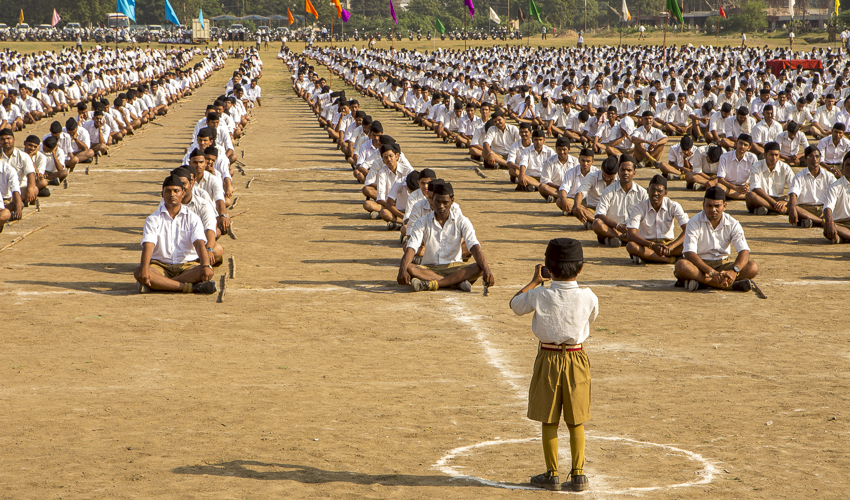
|
2008 |
| Whose History Textbook Is It Anyway? | |
| 2006 - 2009 | |
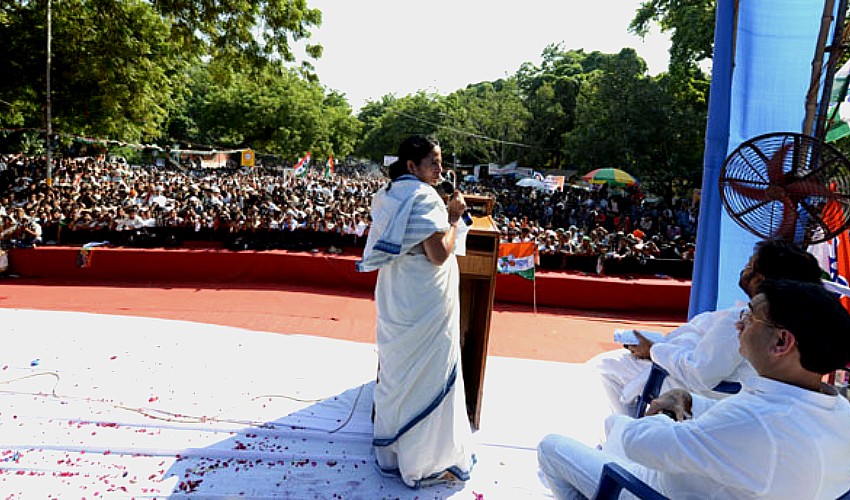
|
2006 - 2009 |
| Singur-Nandigram-Lalgarh: Movements that Remade Mamata Banerjee | |
| 2020 | |

|
2020 |
| The Indo-China Conflict: 10 Books We Need To Read | |
| 2021 | |

|
2021 |
| Singing/Writing Liberation: Dalit Women’s Narratives | |
Leave a Reply